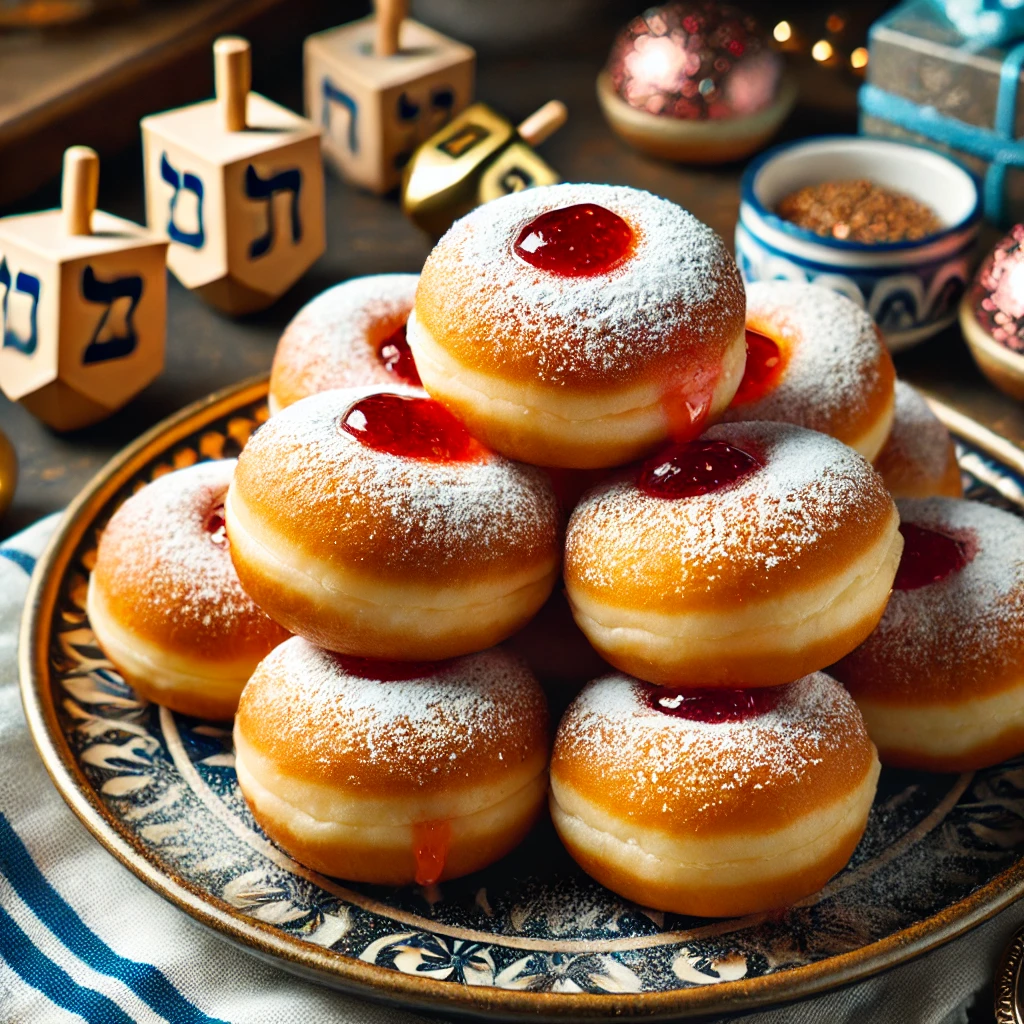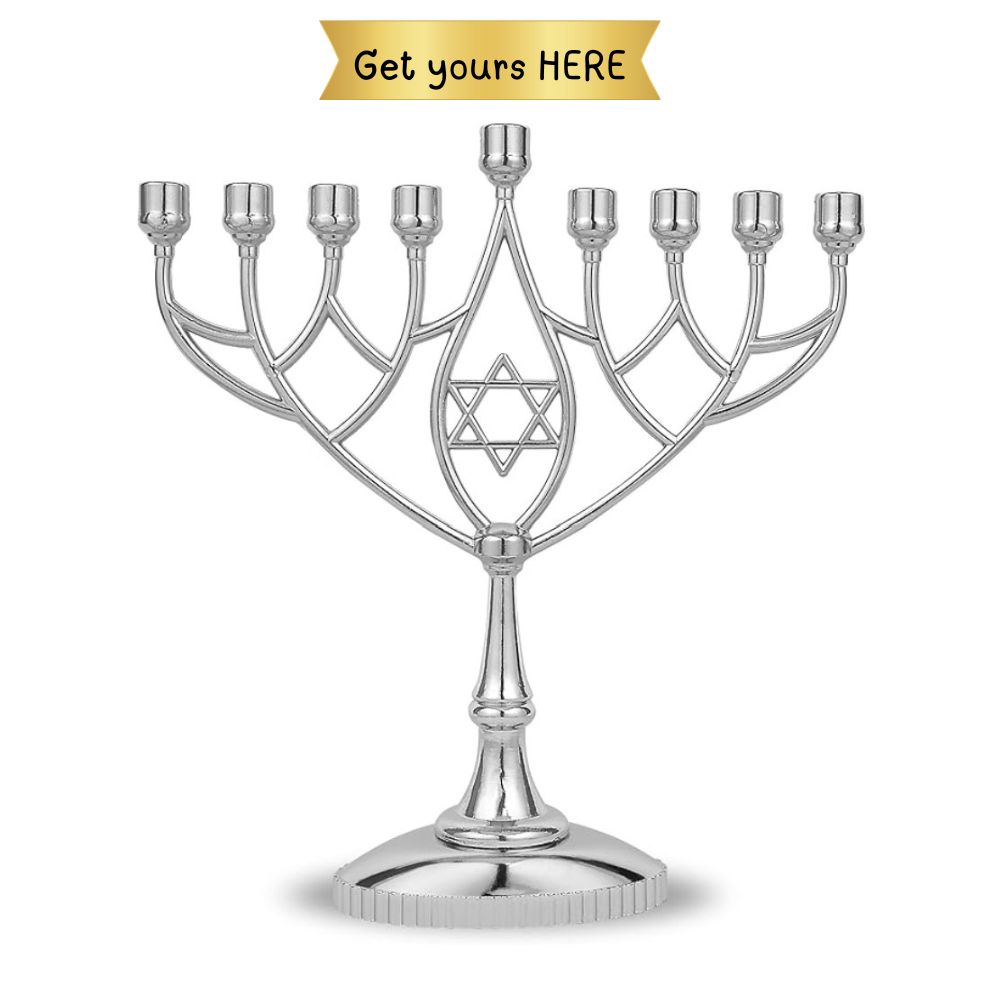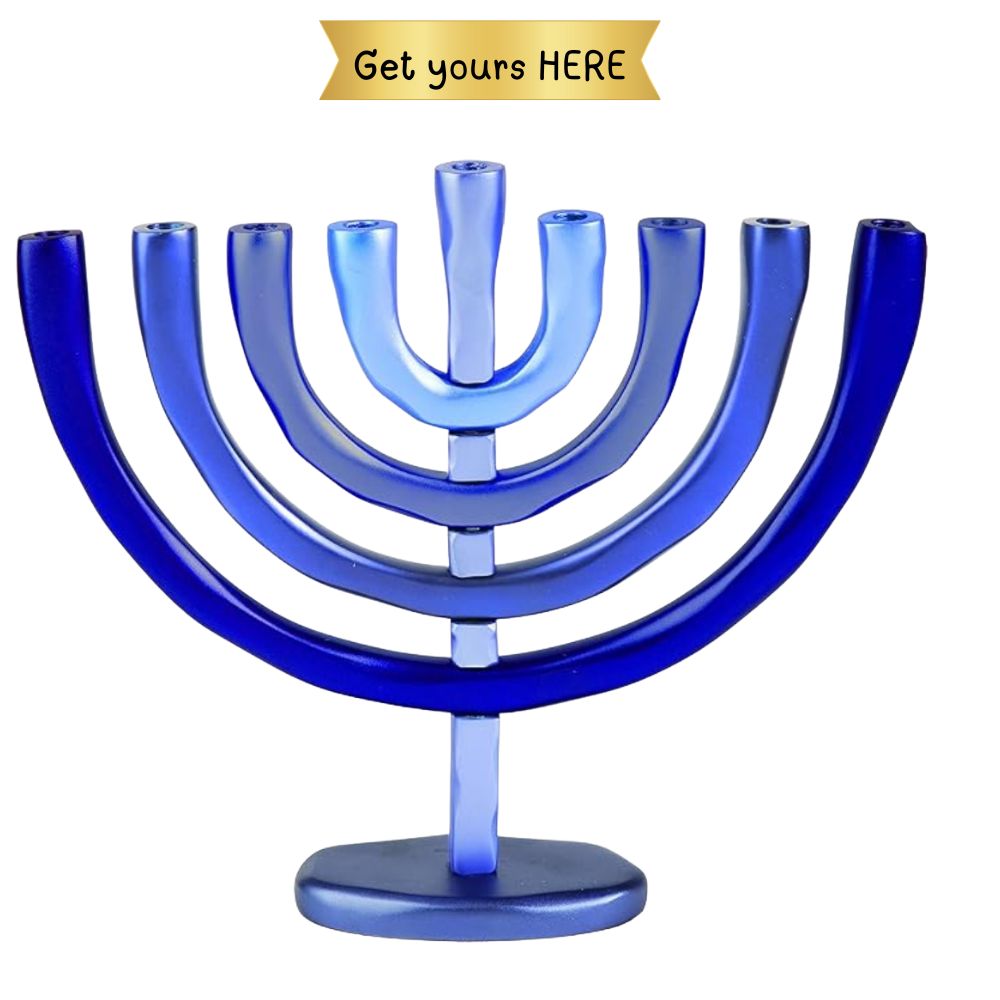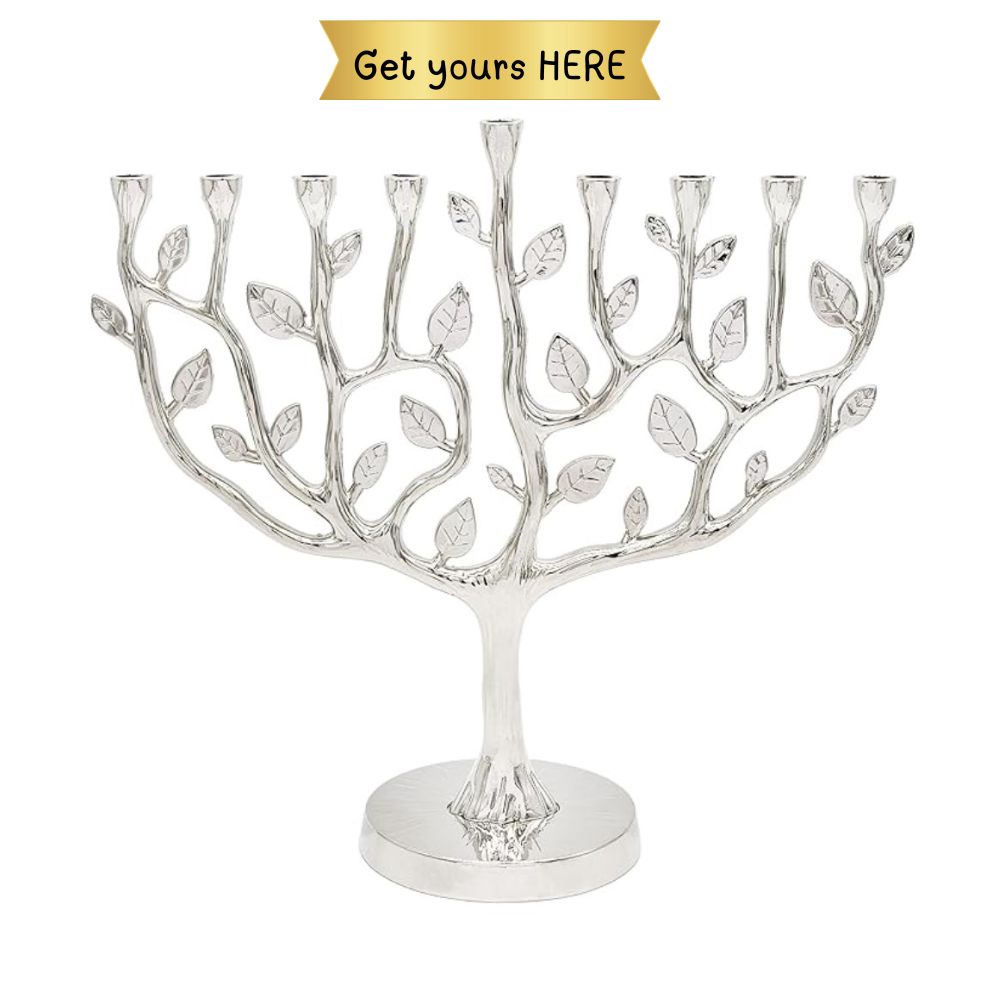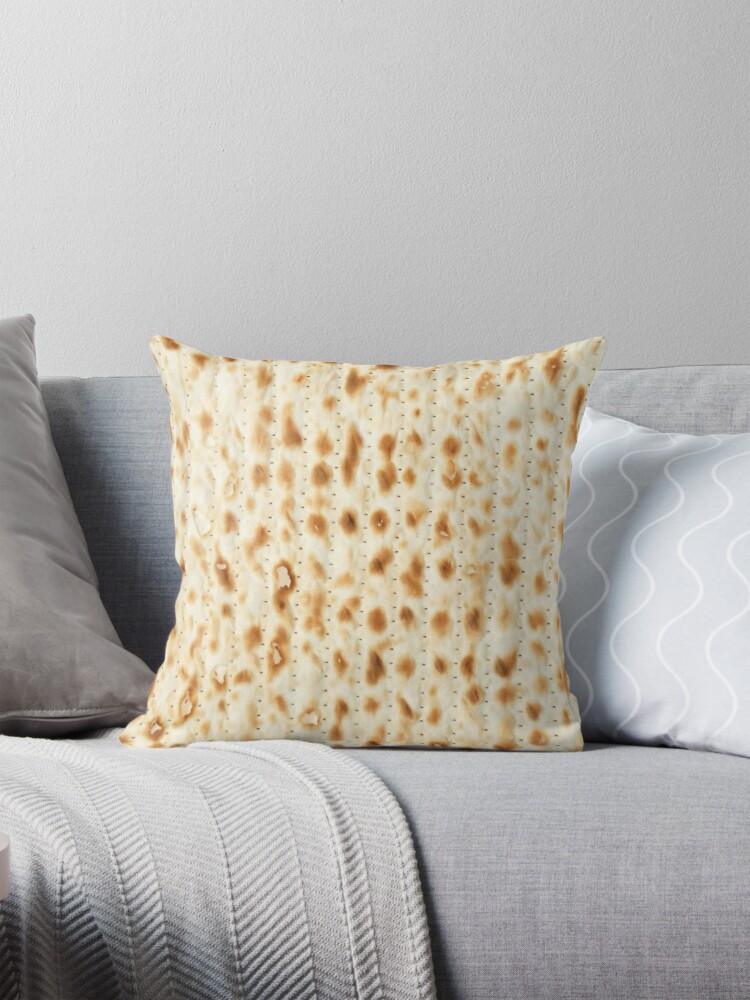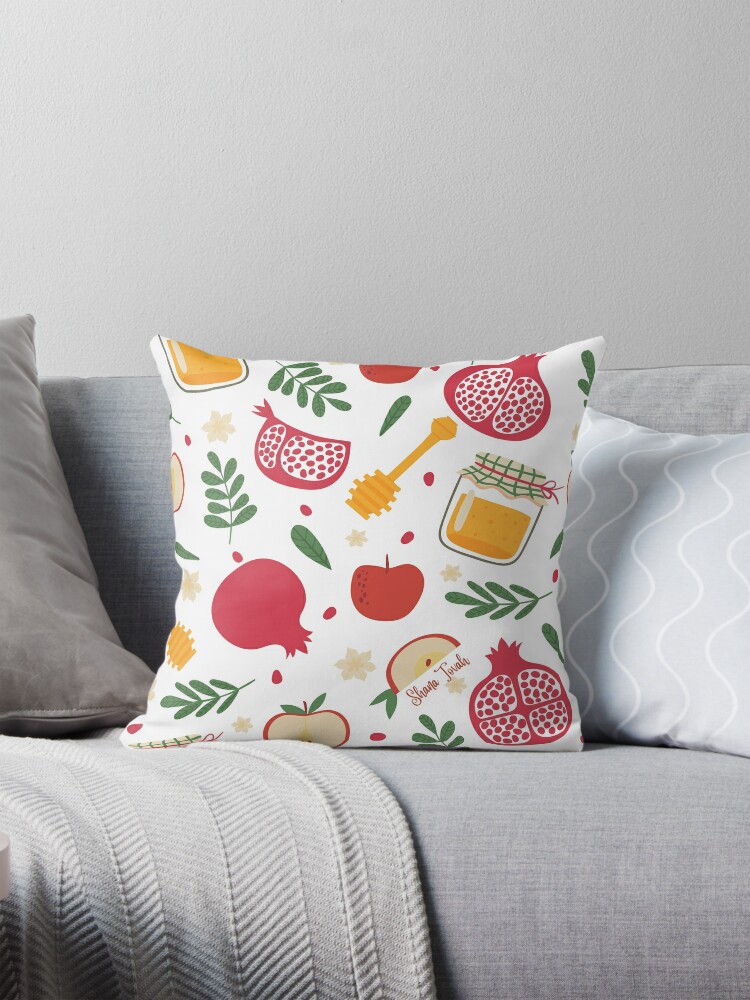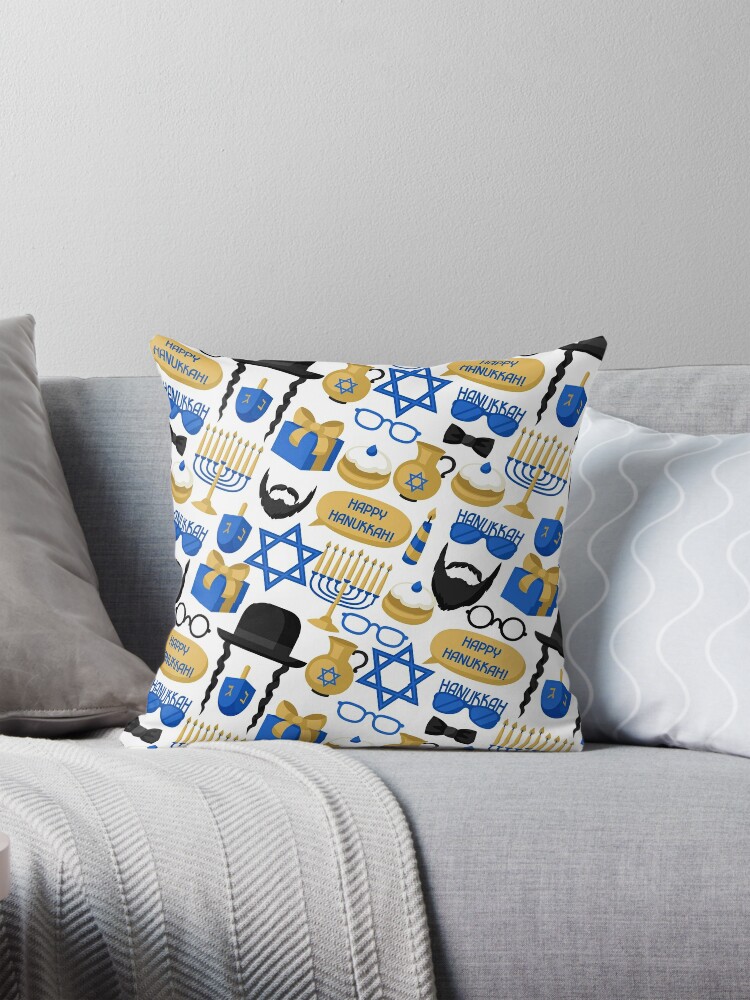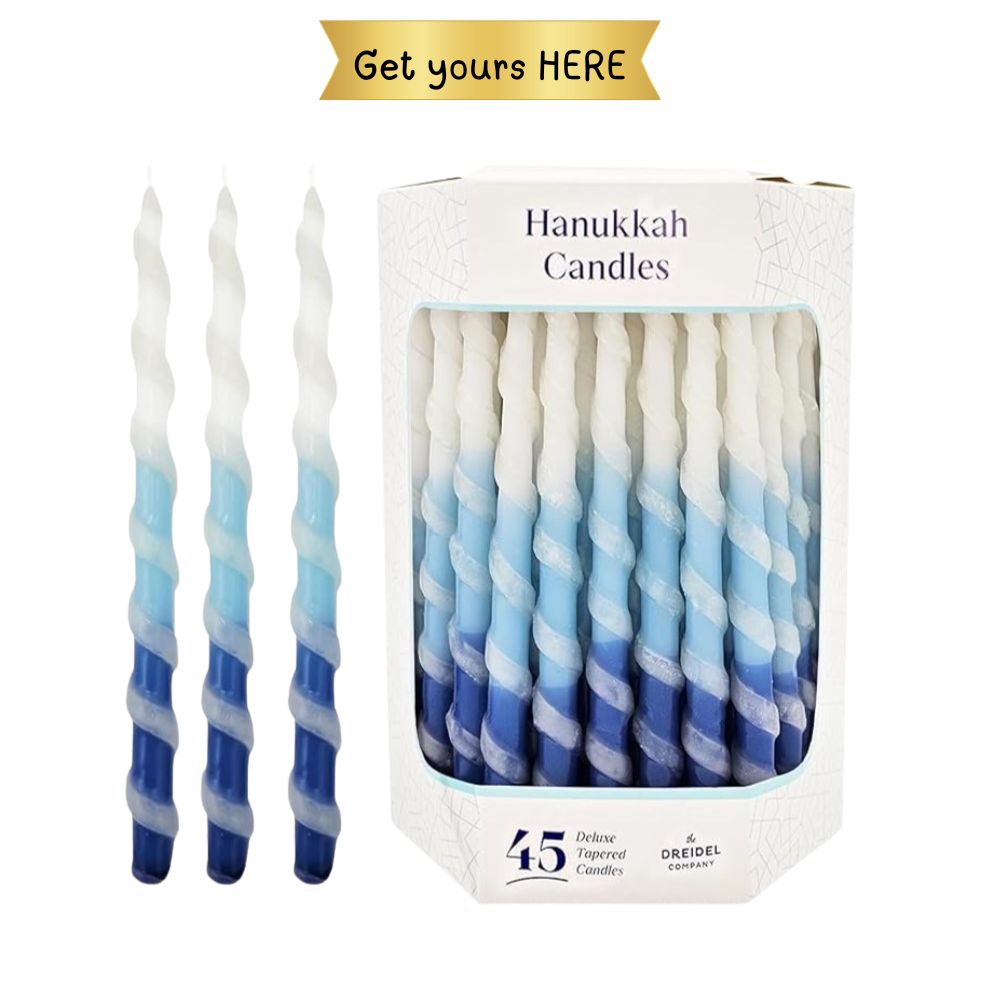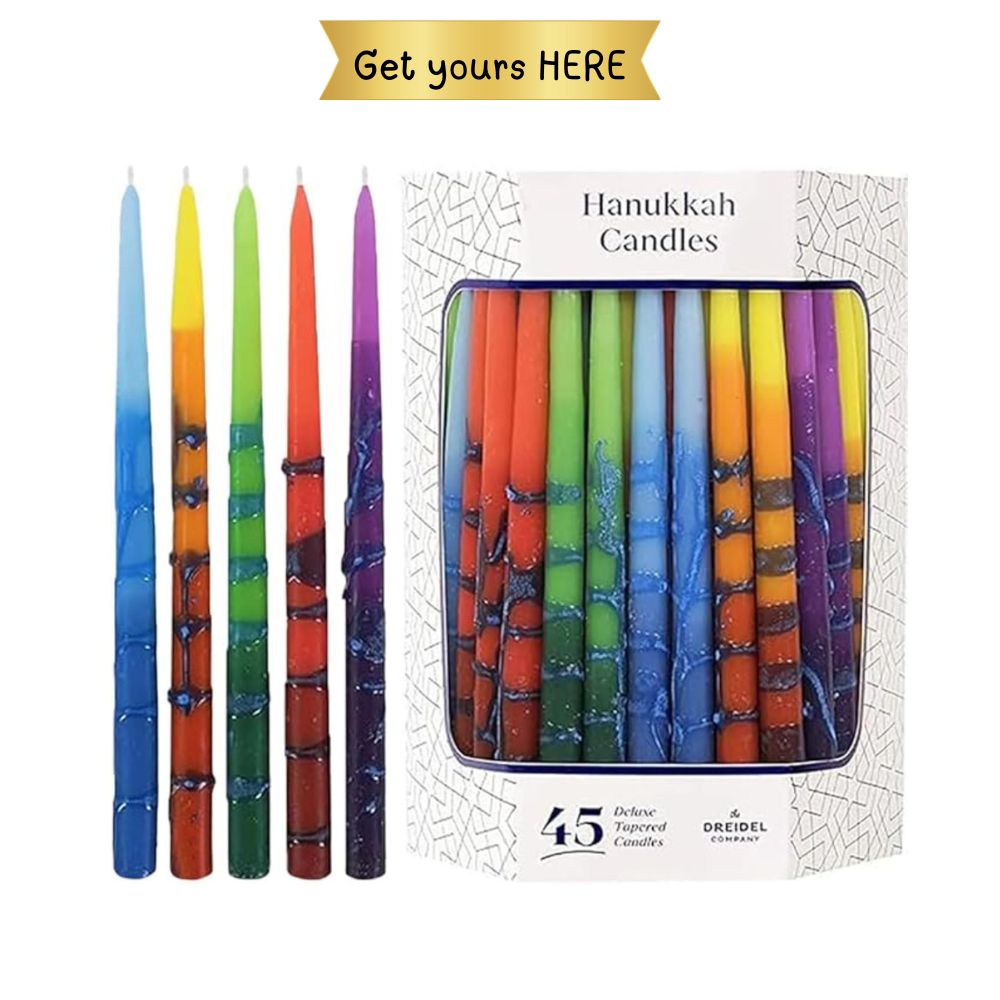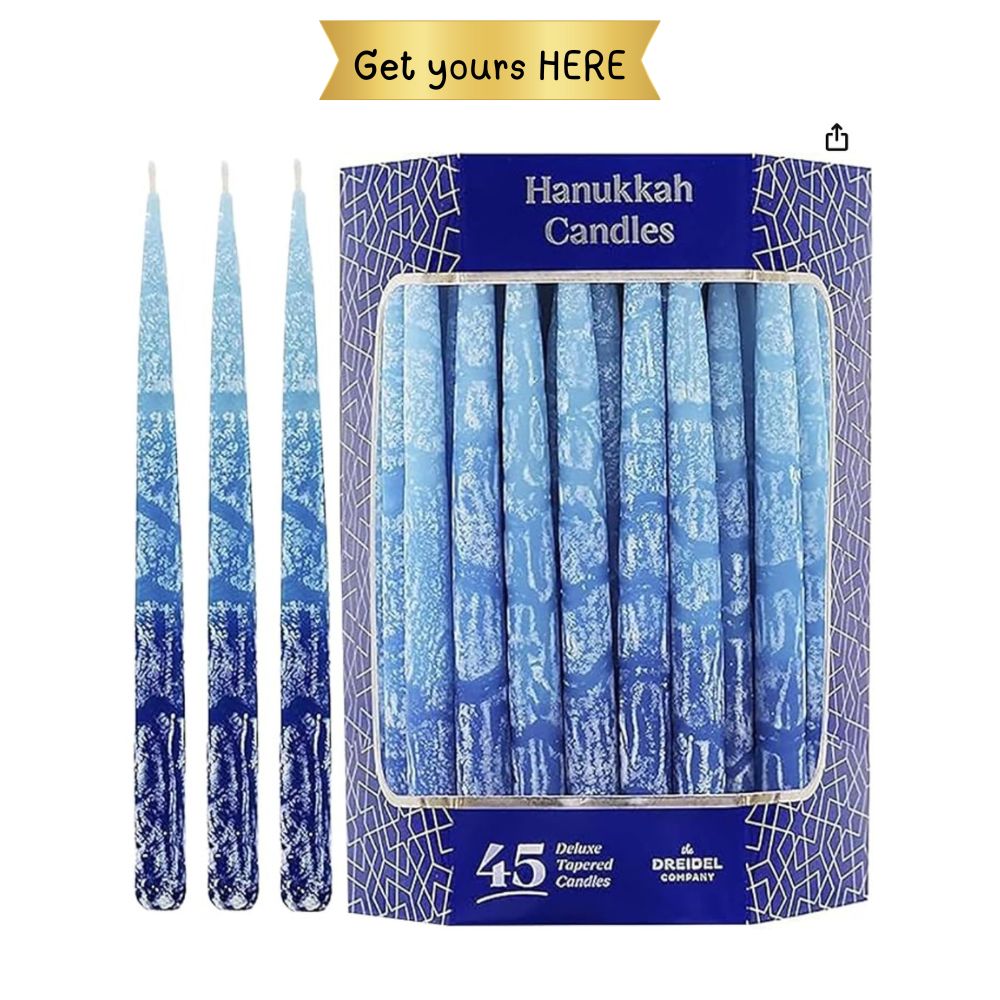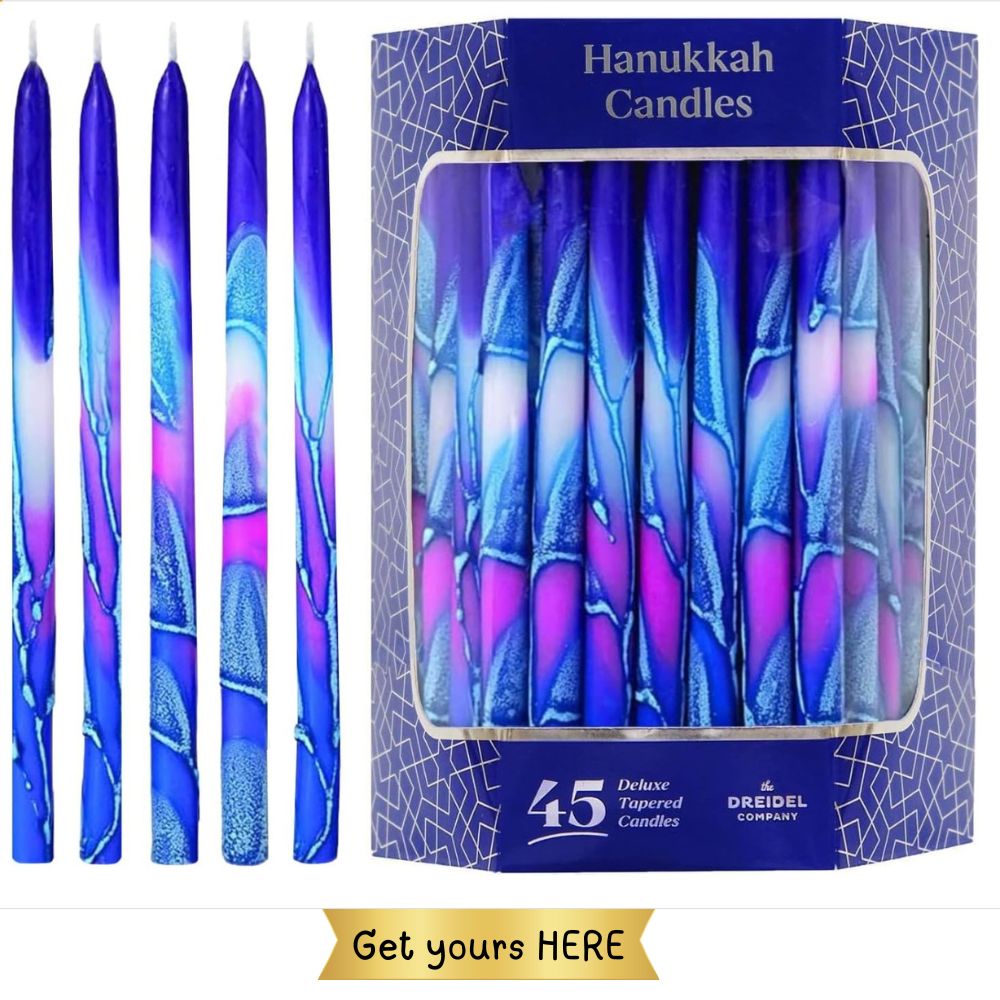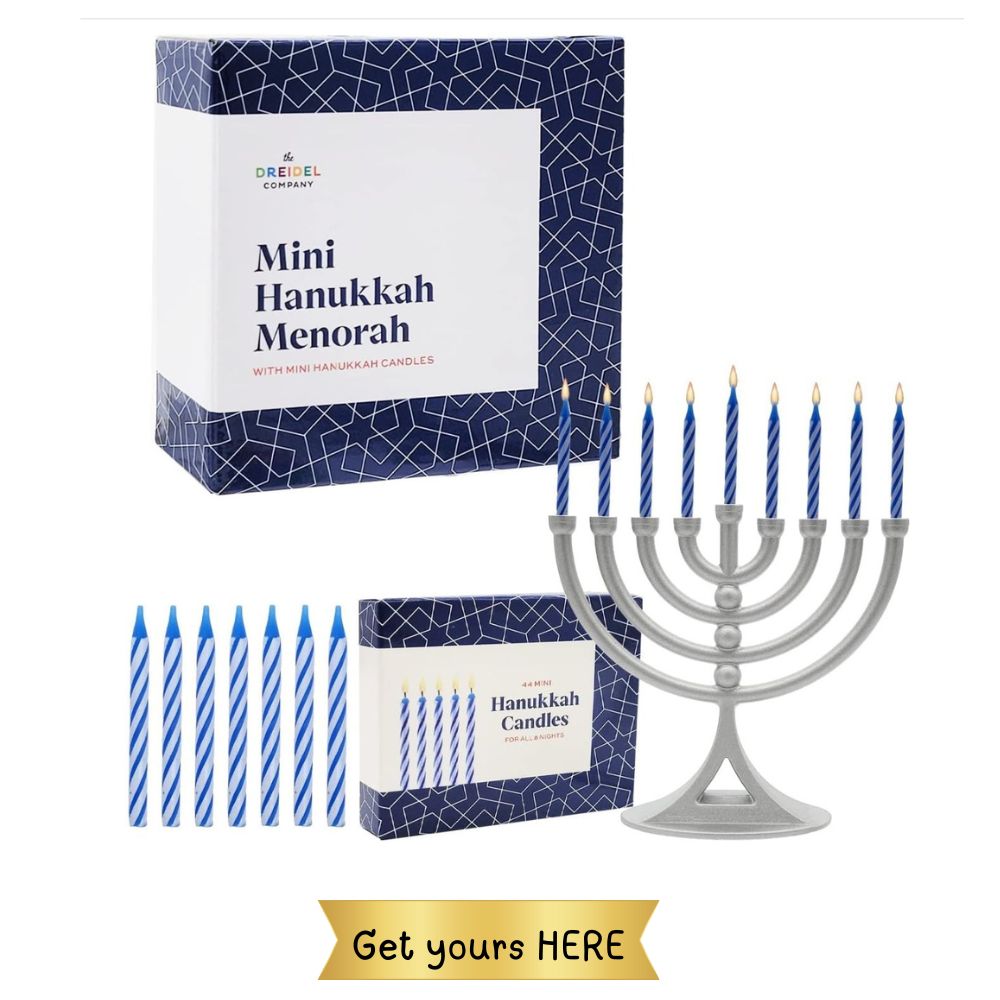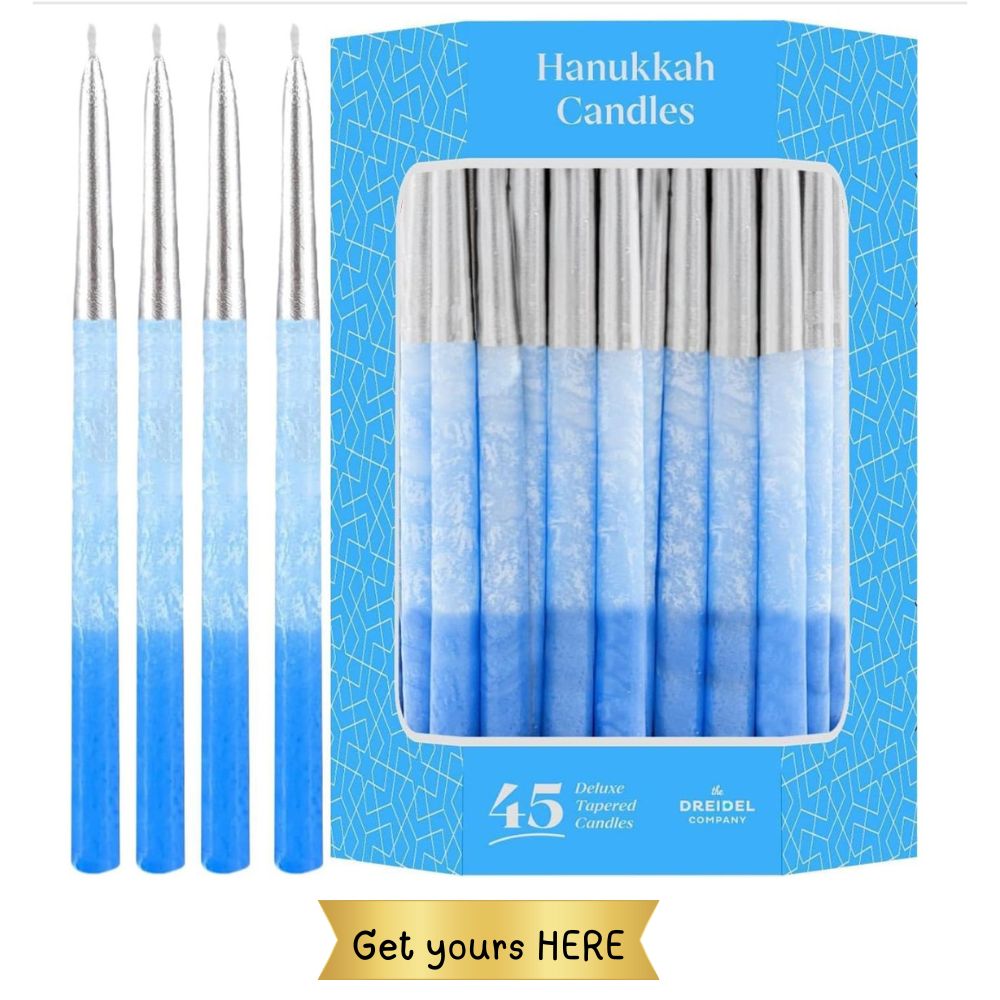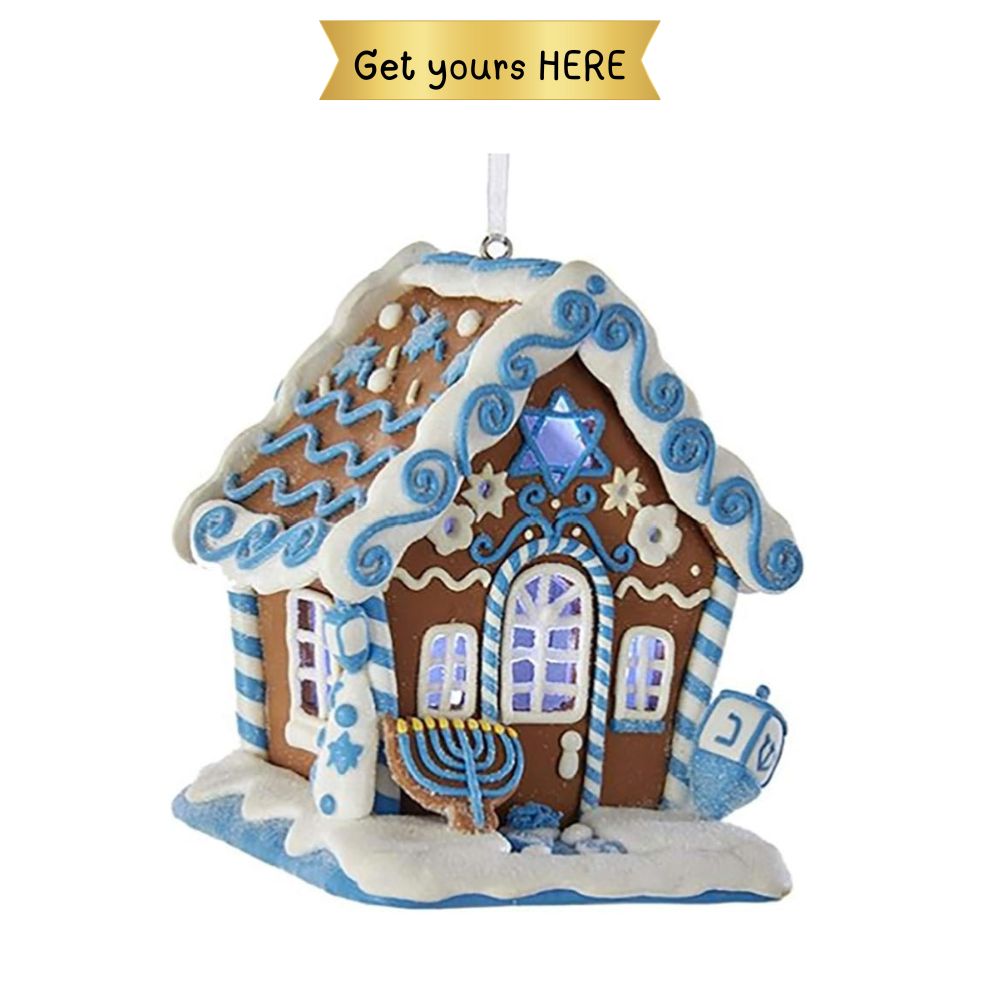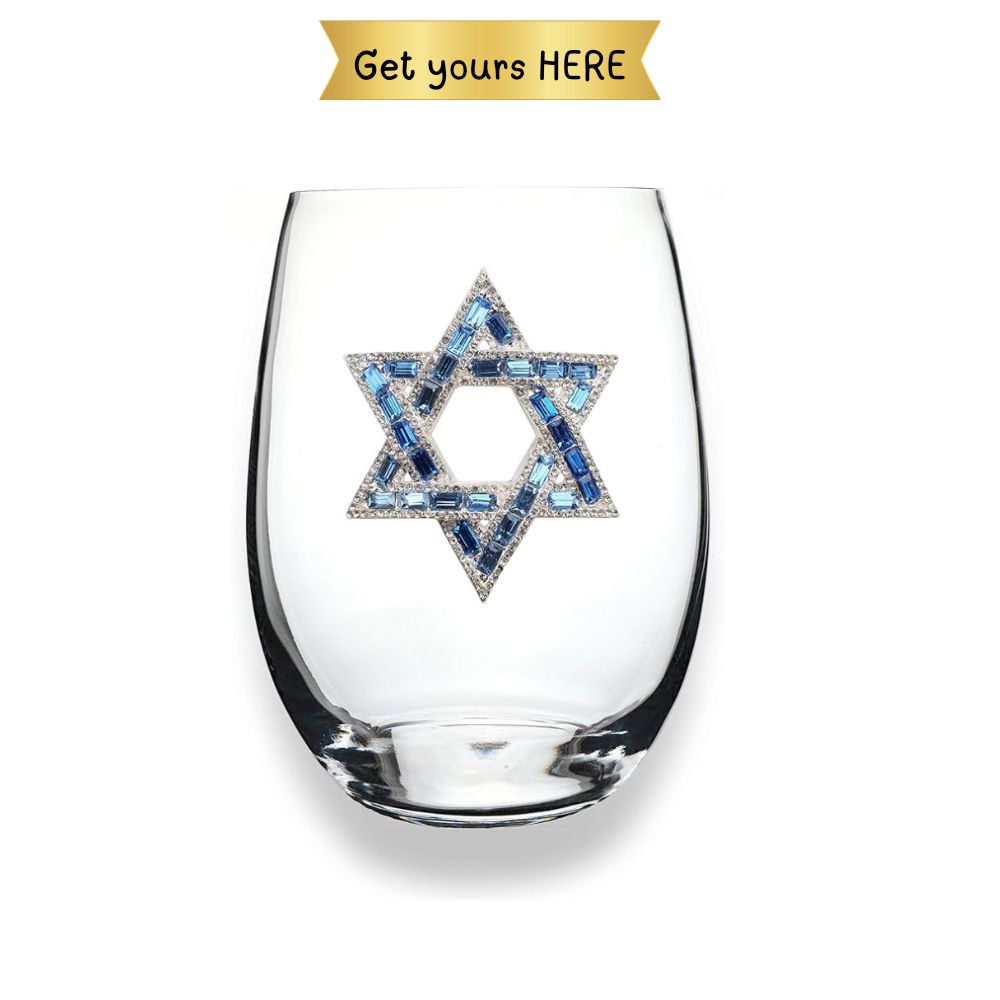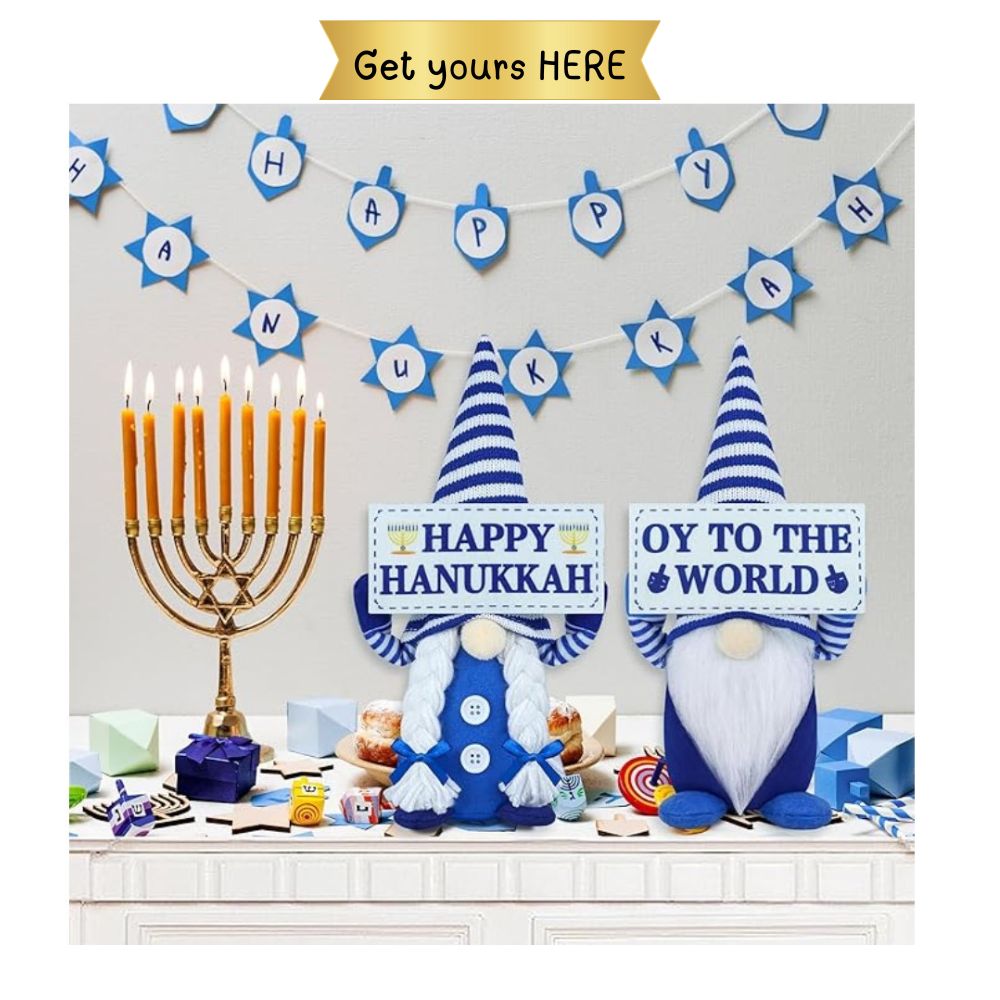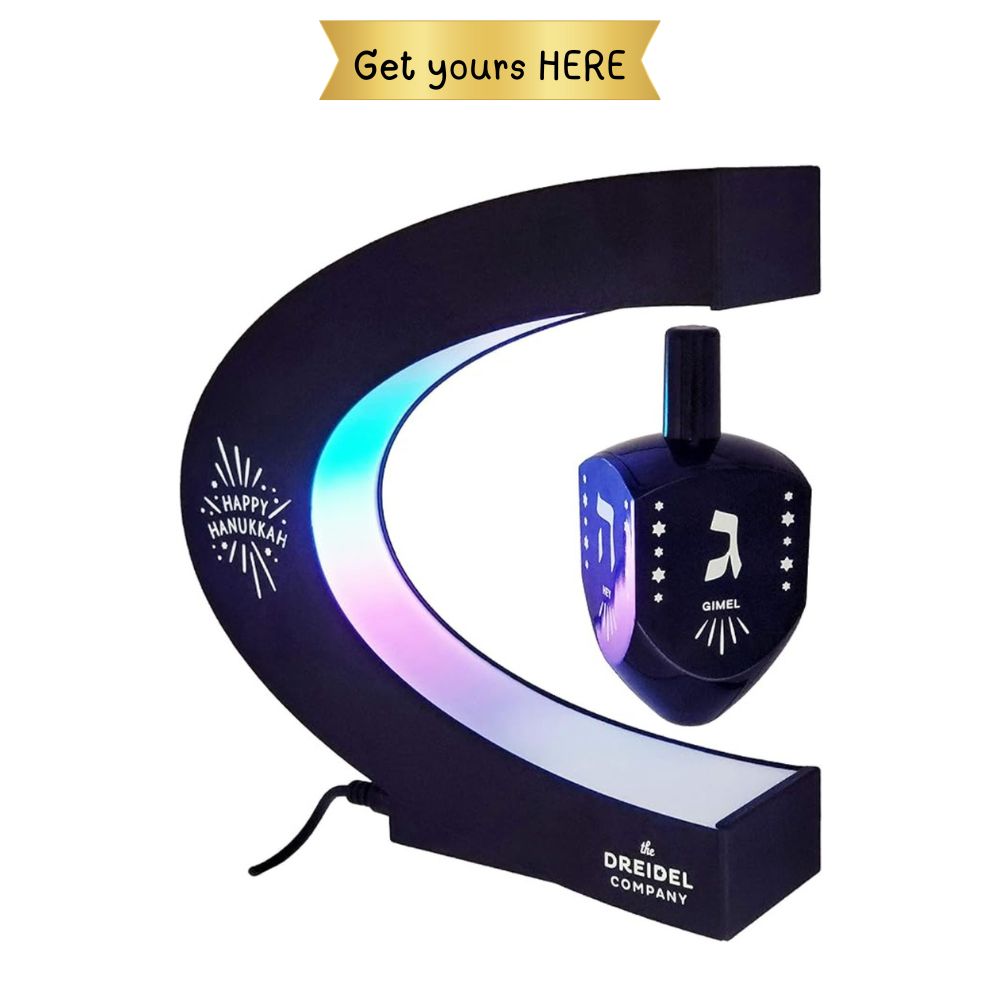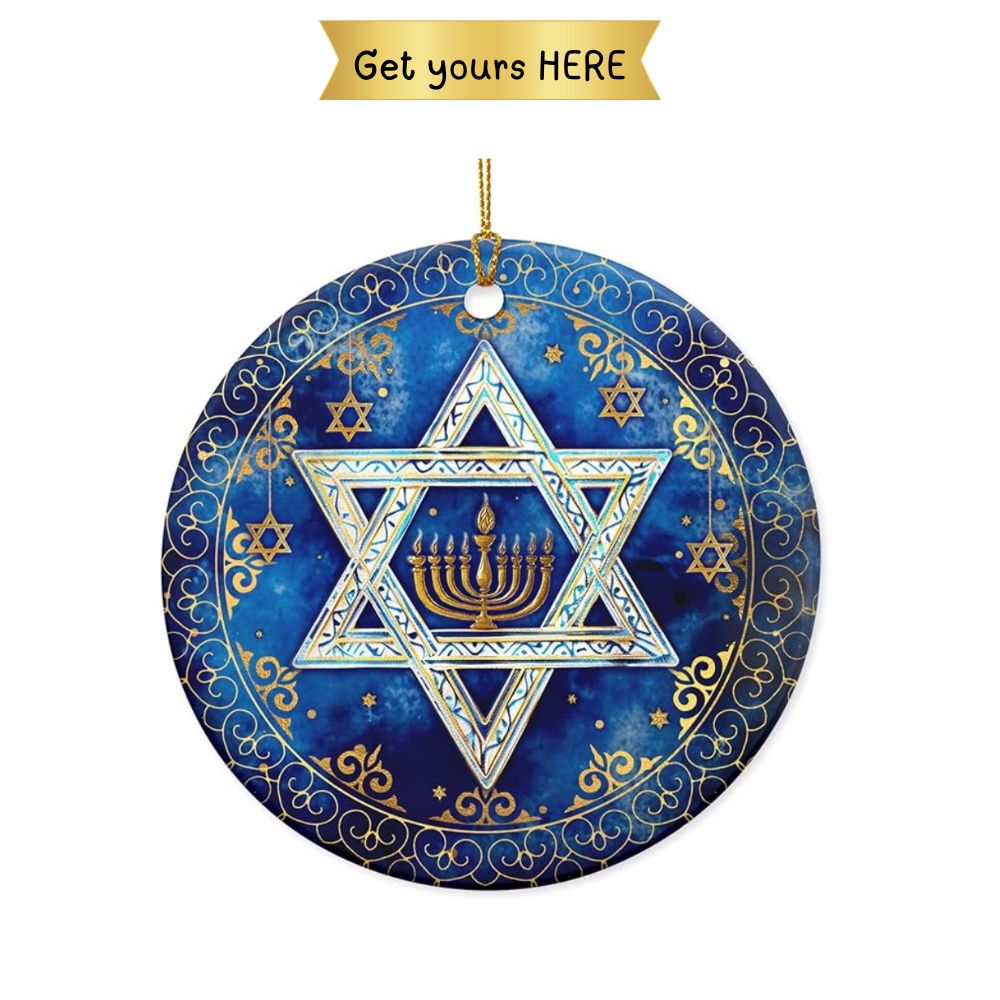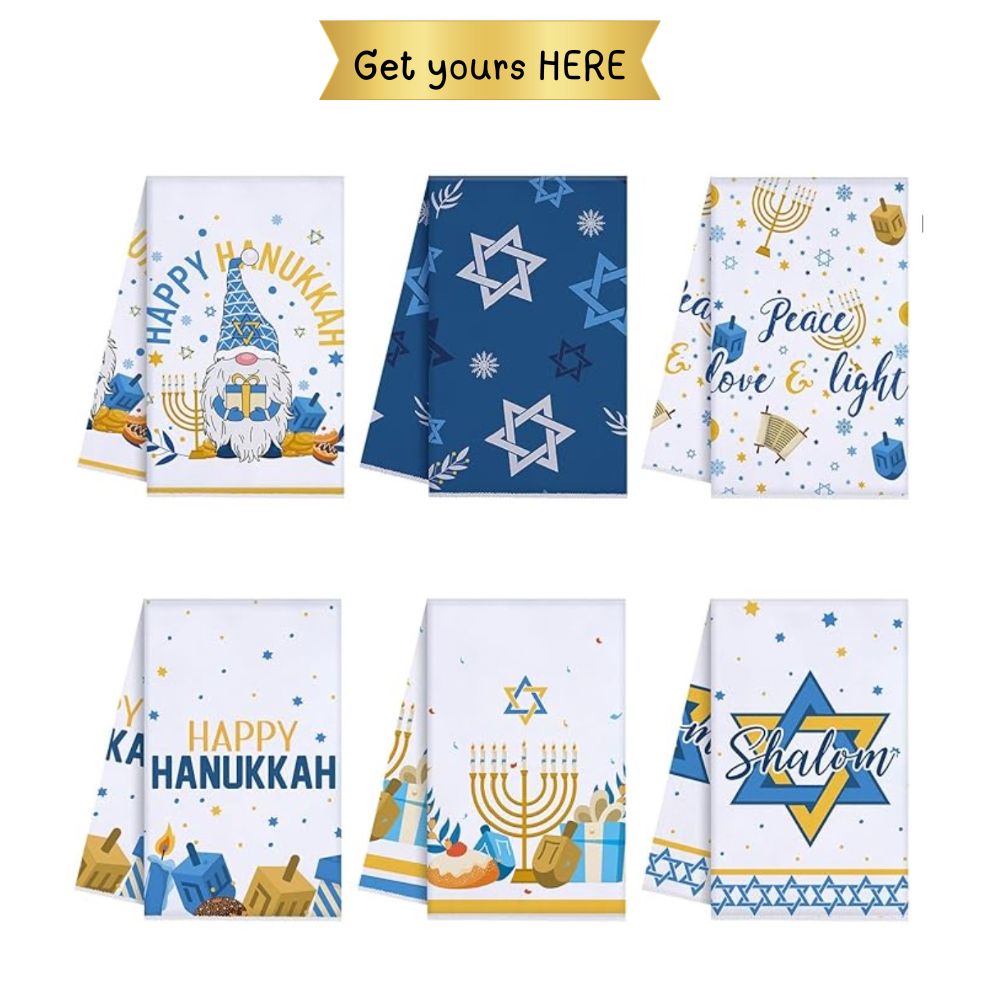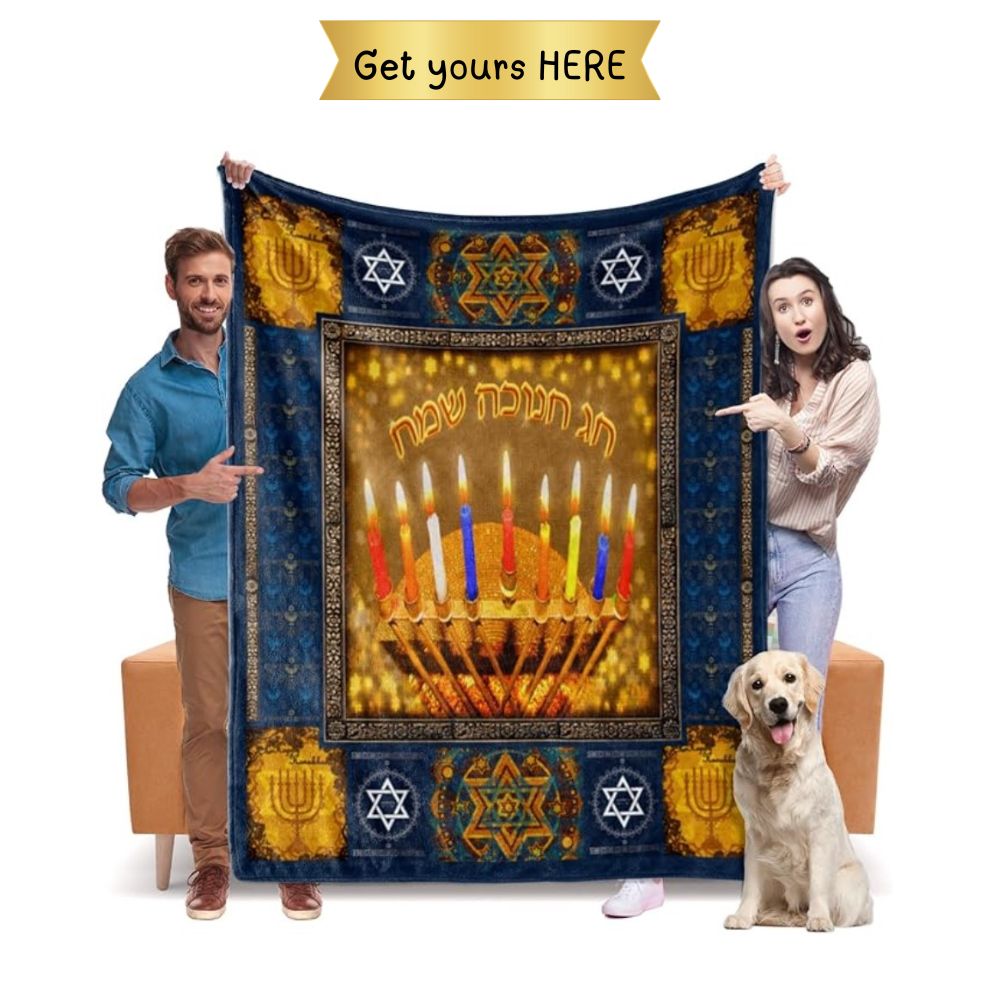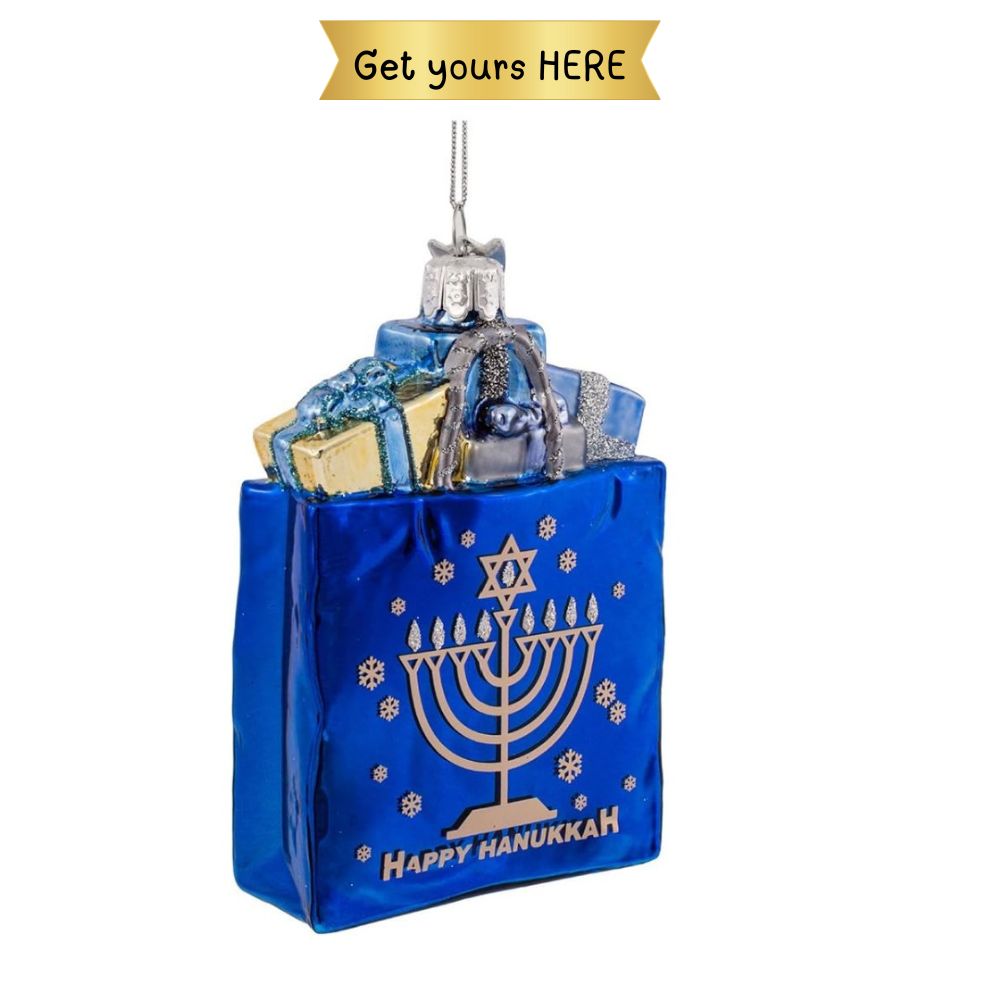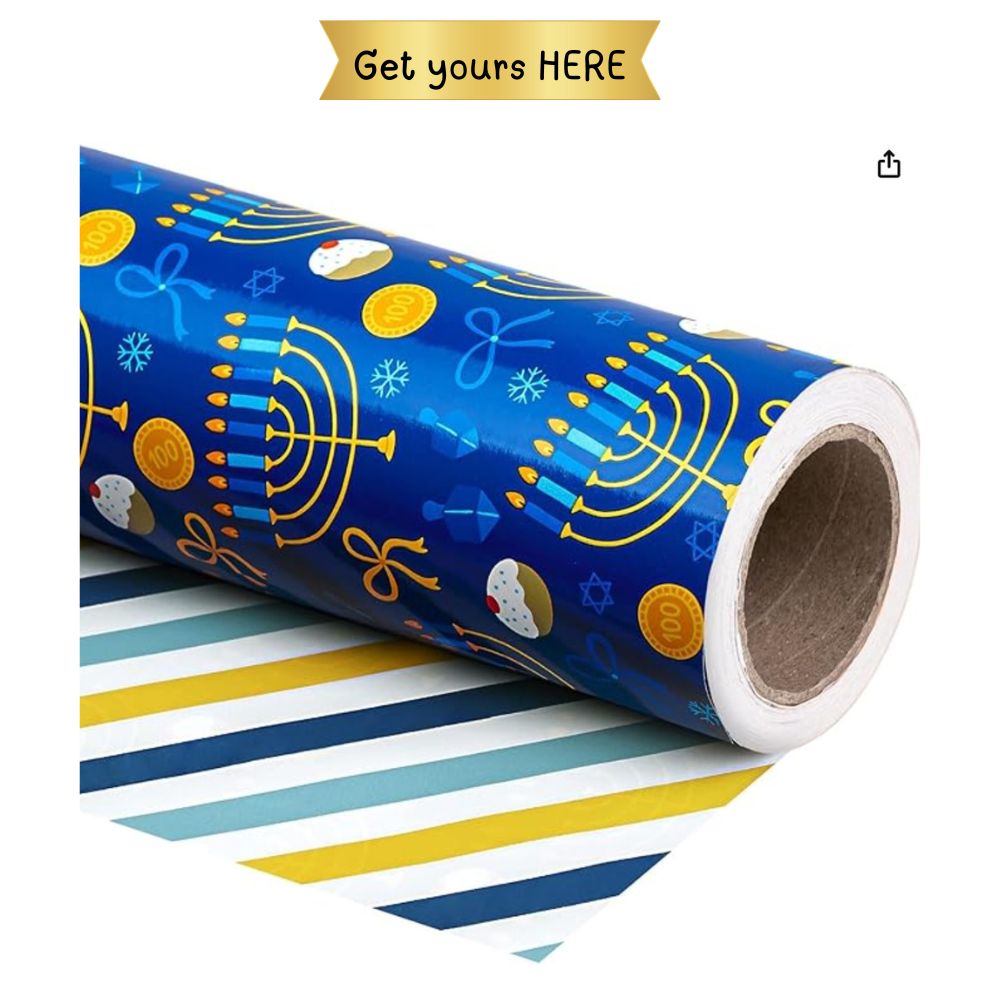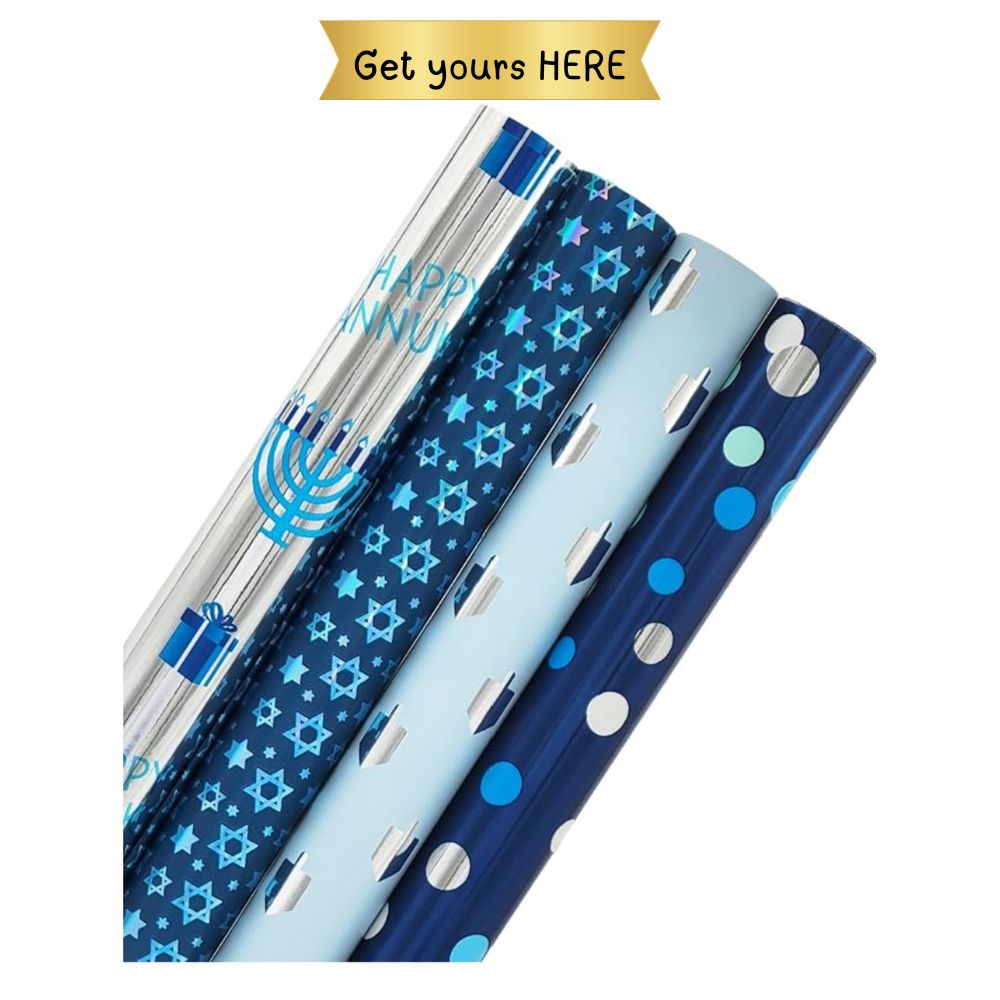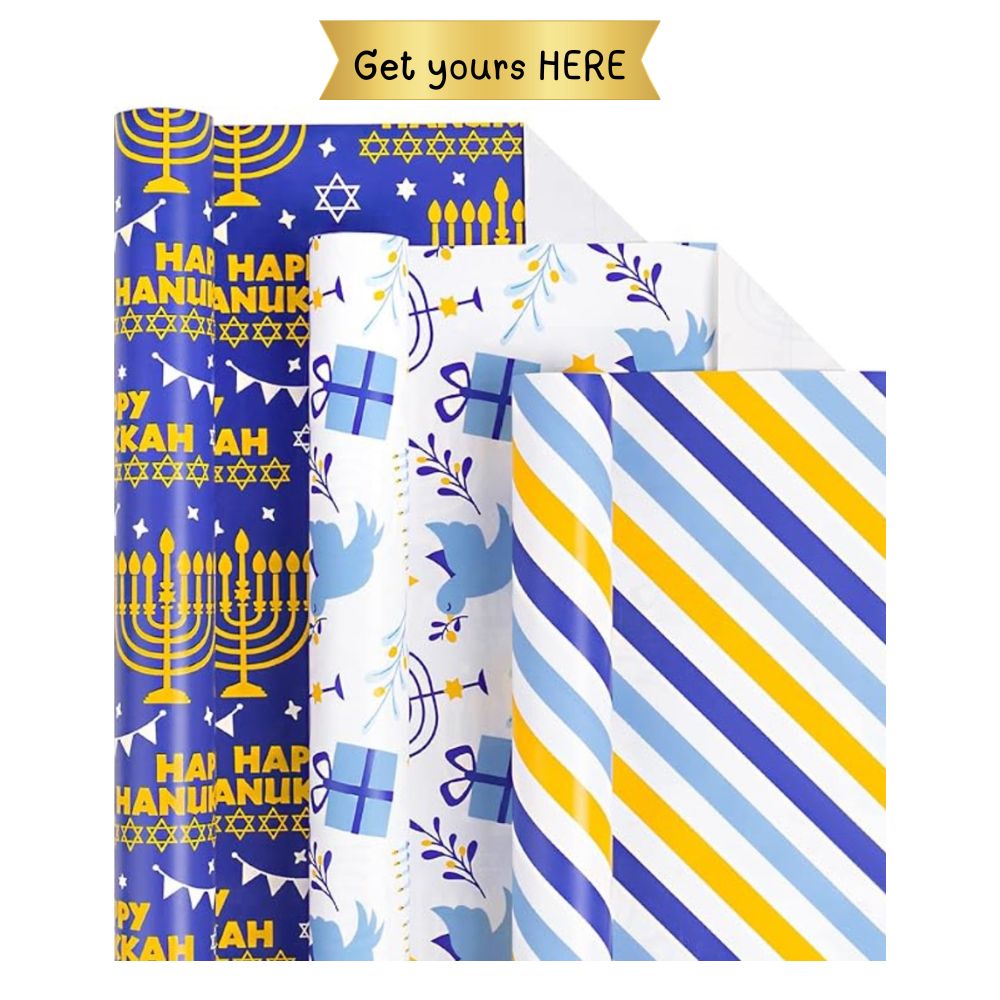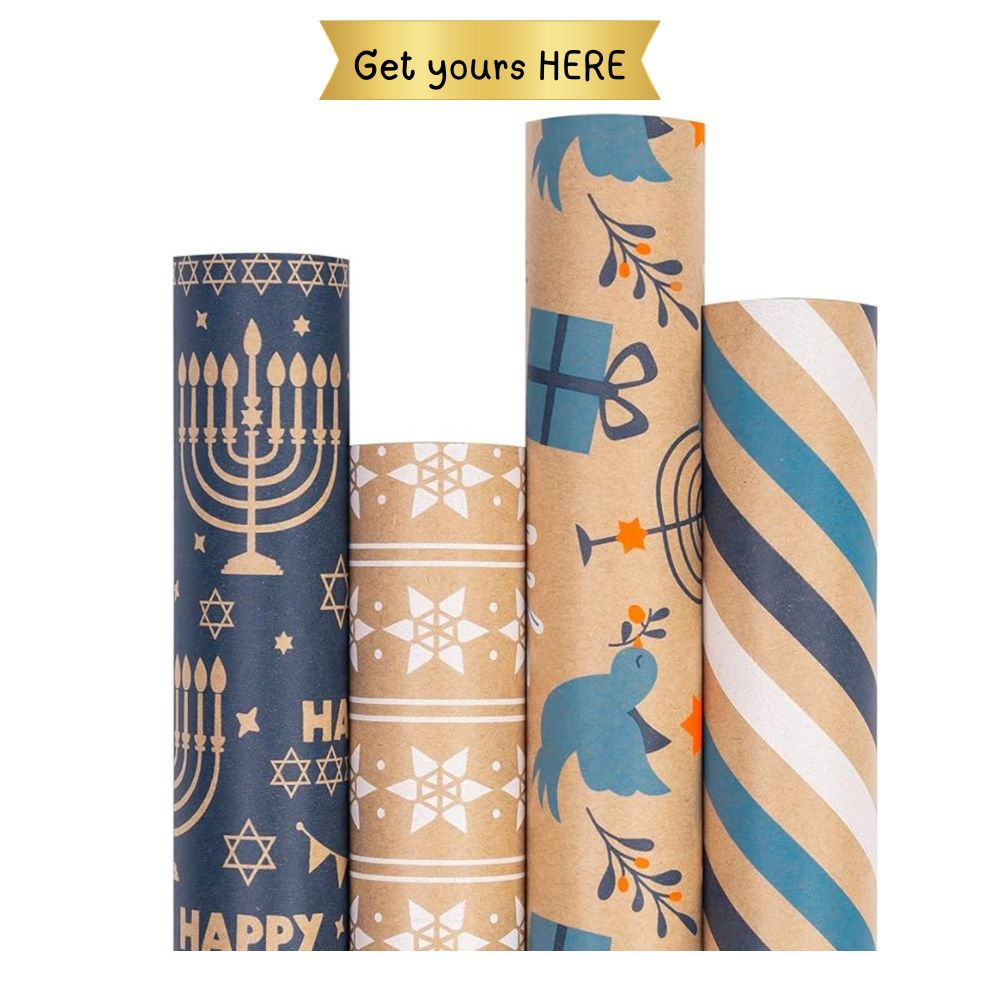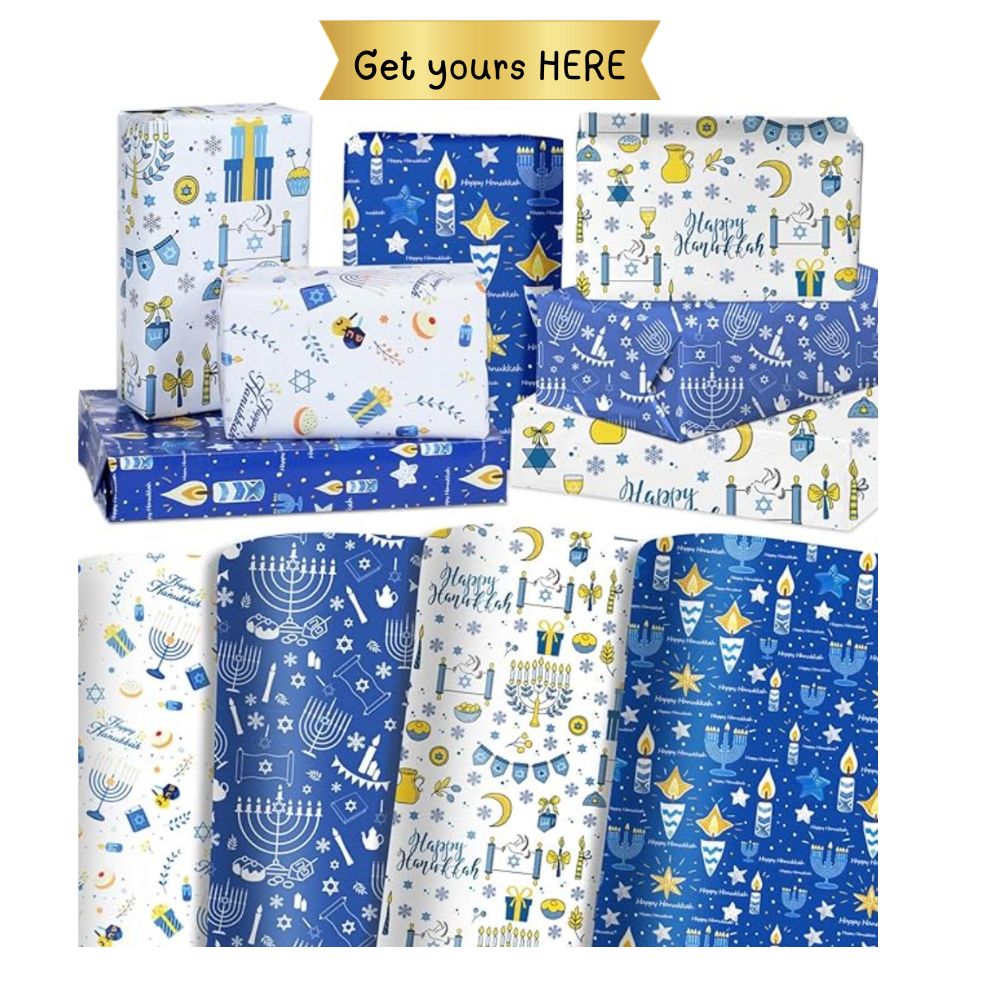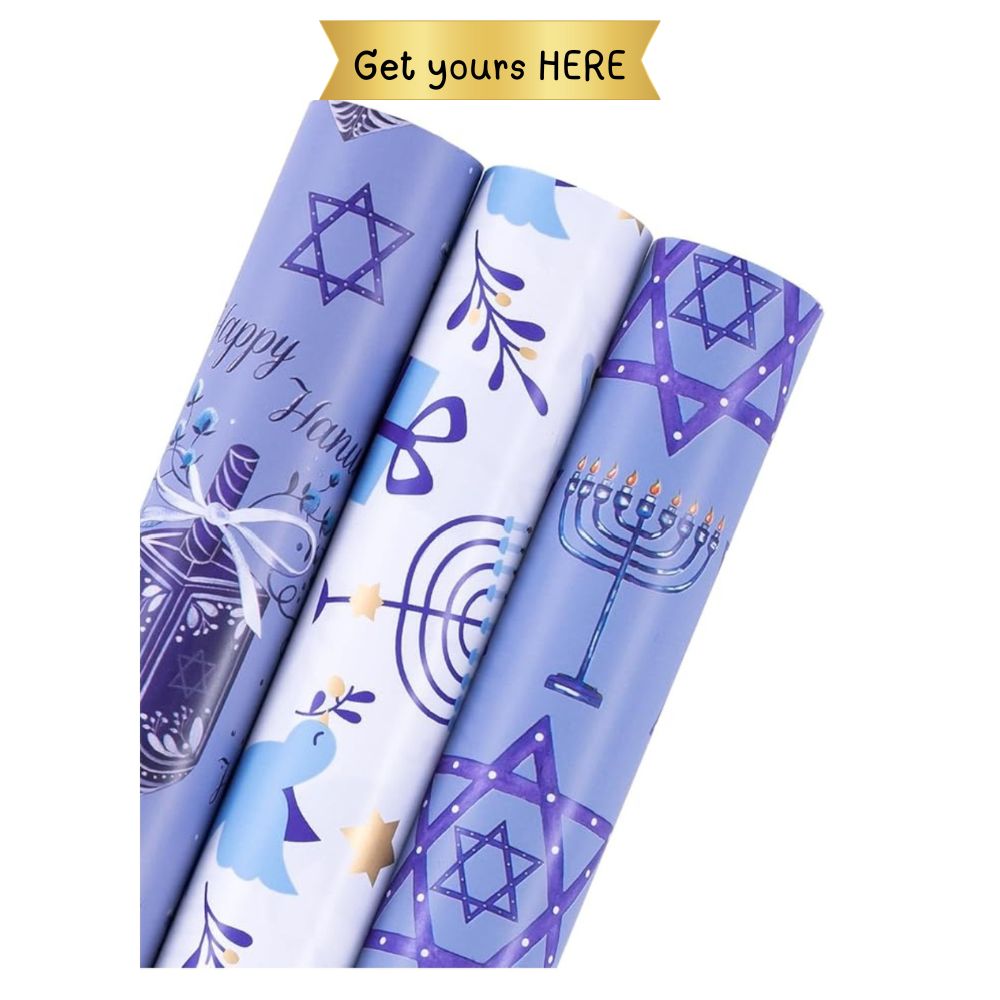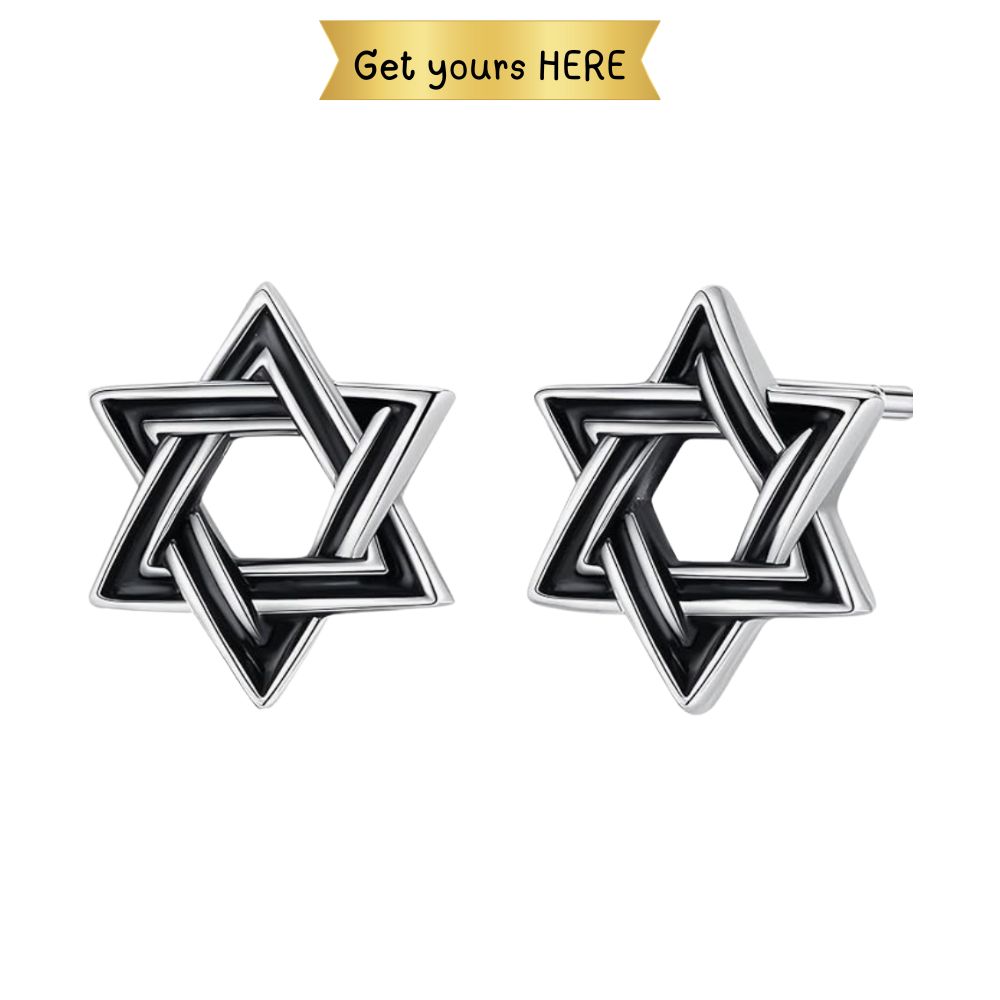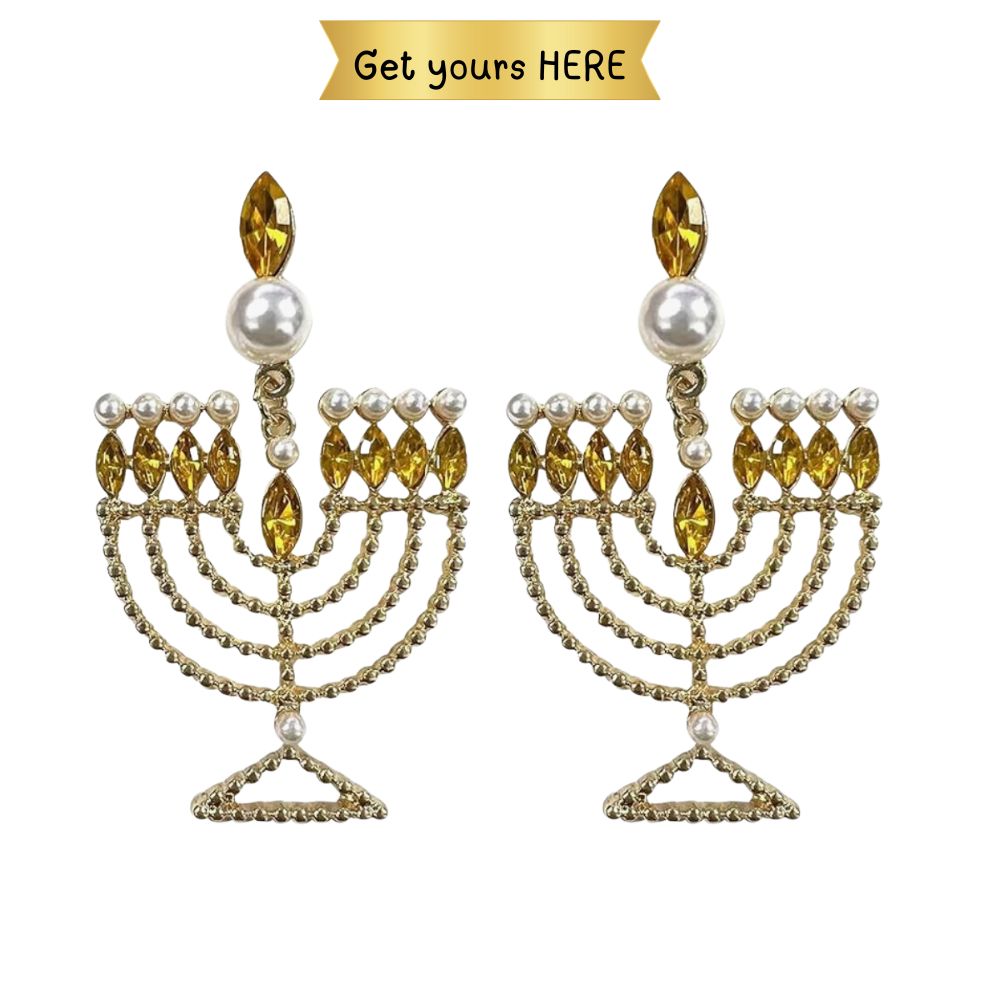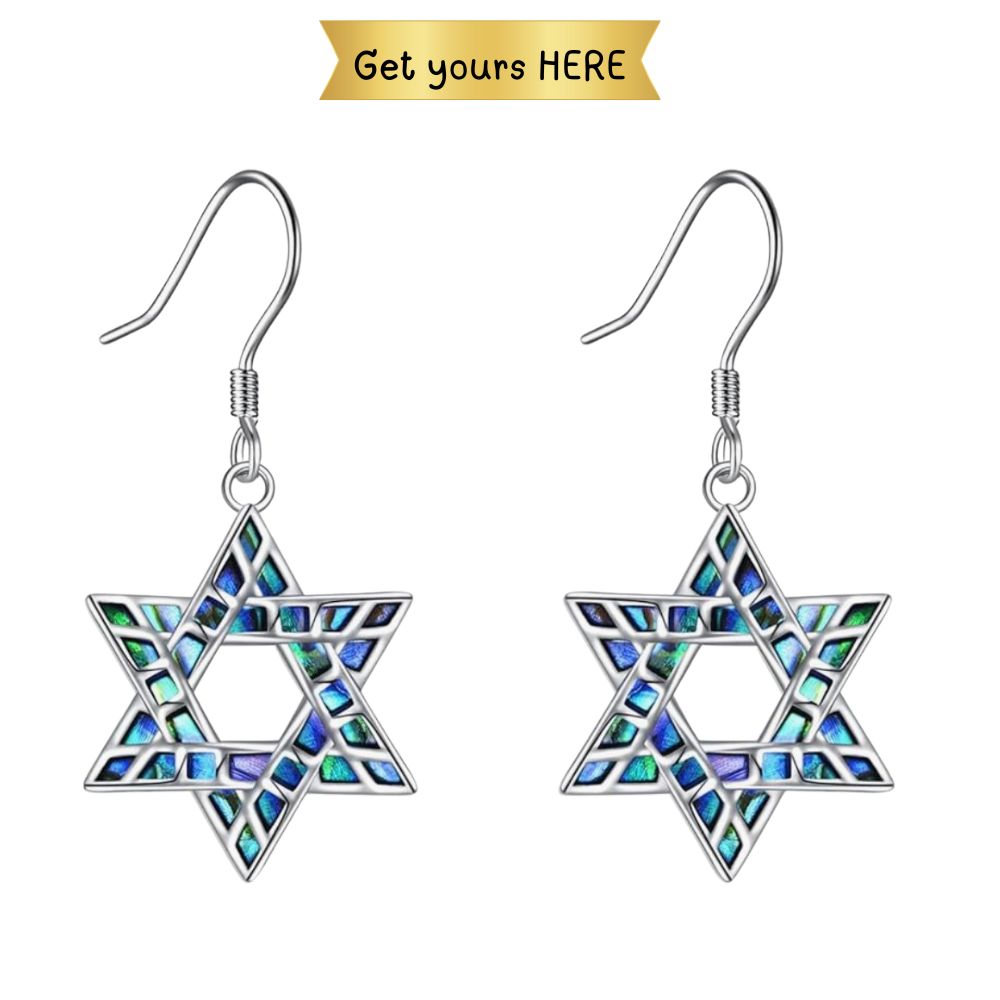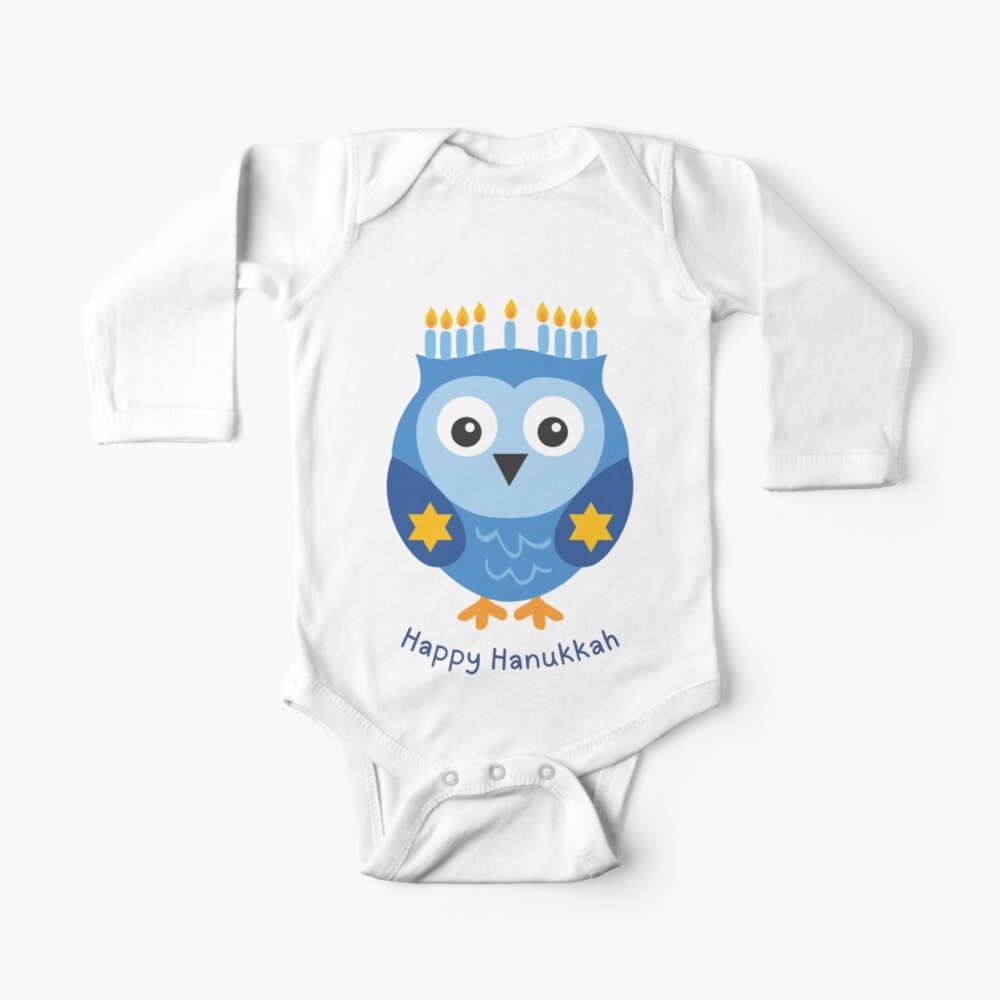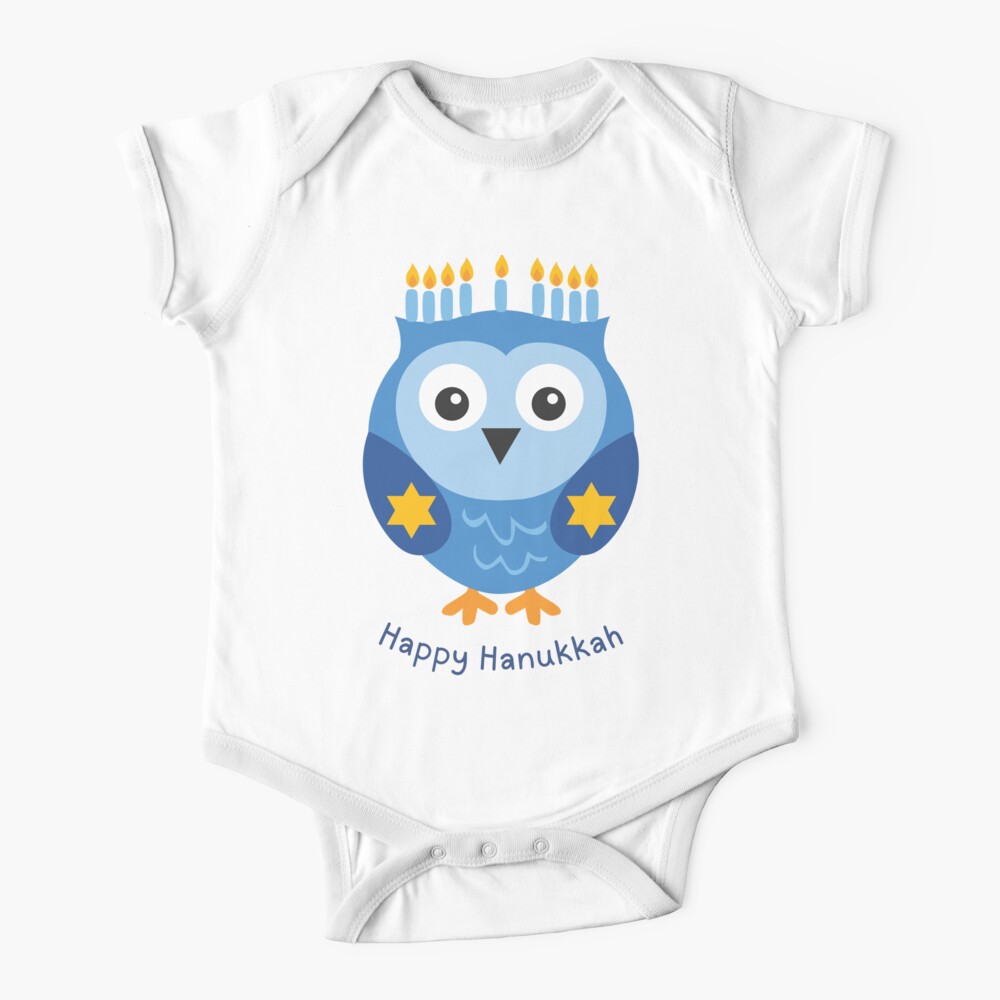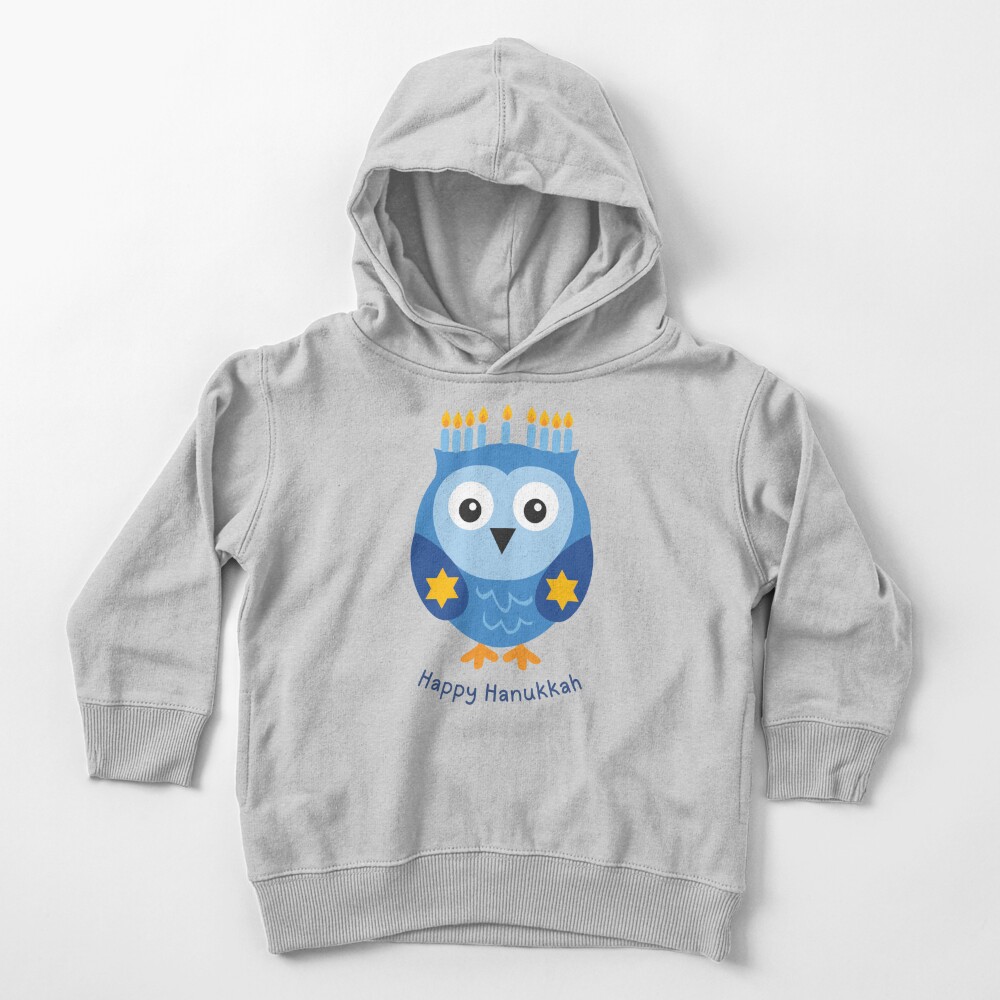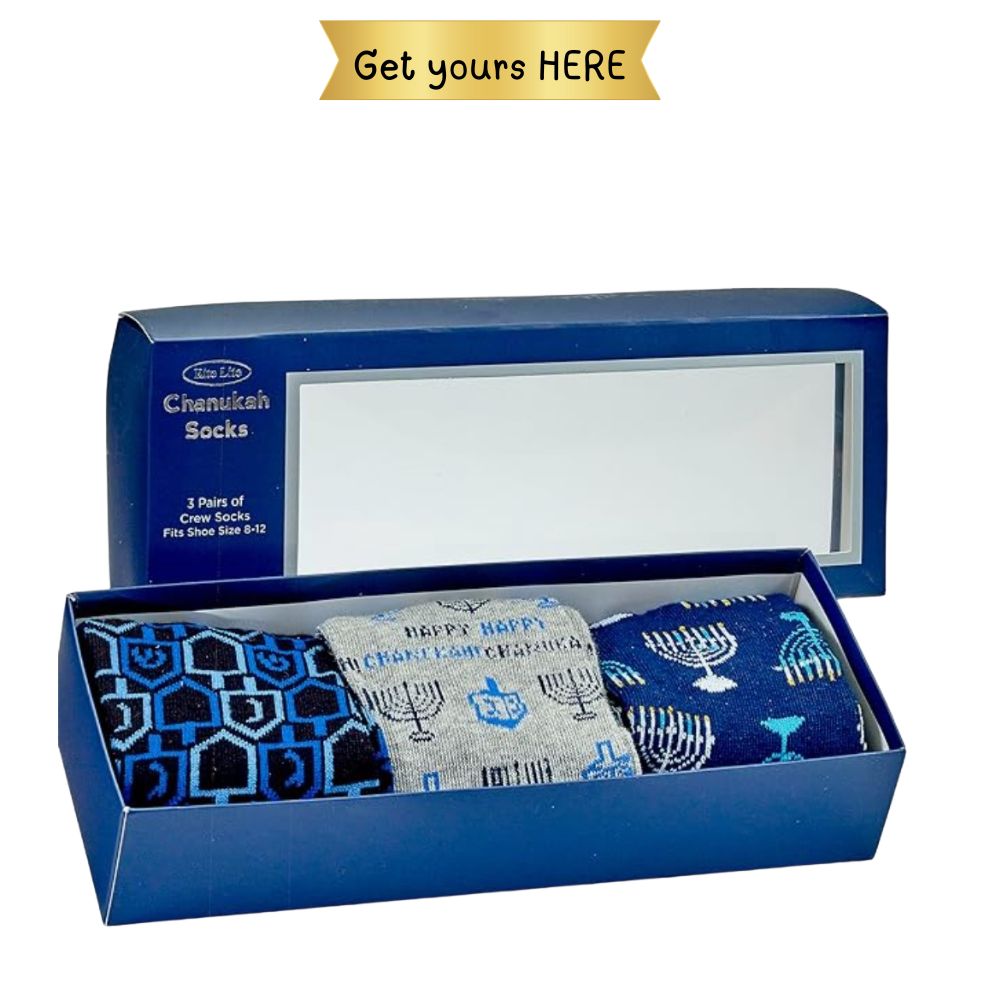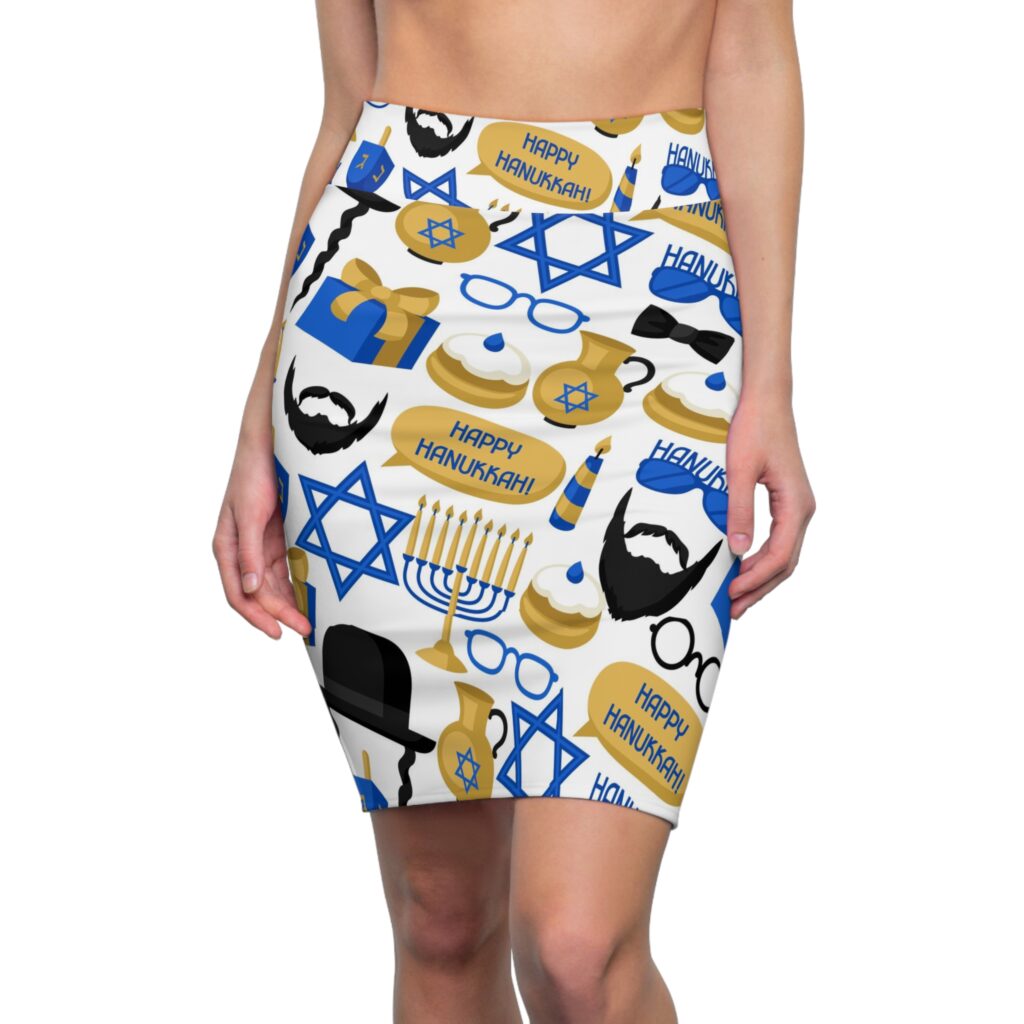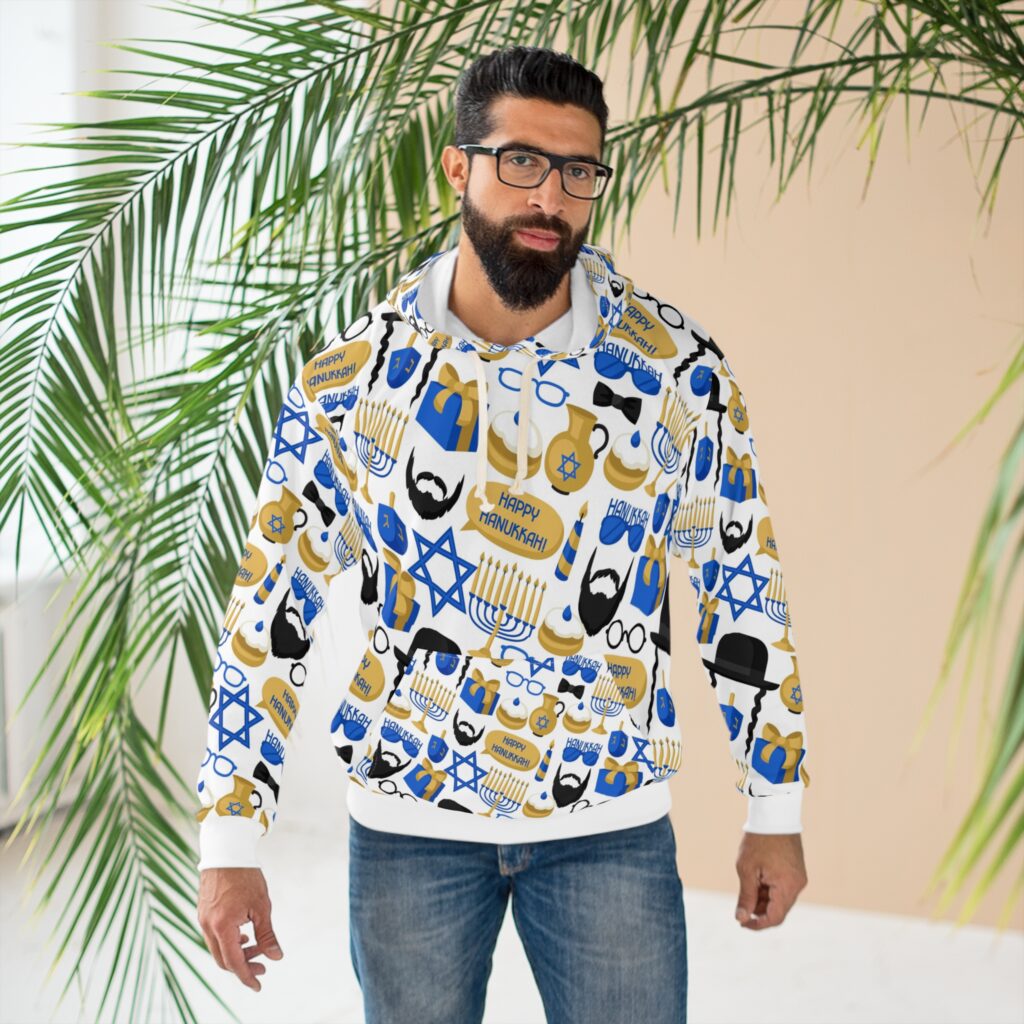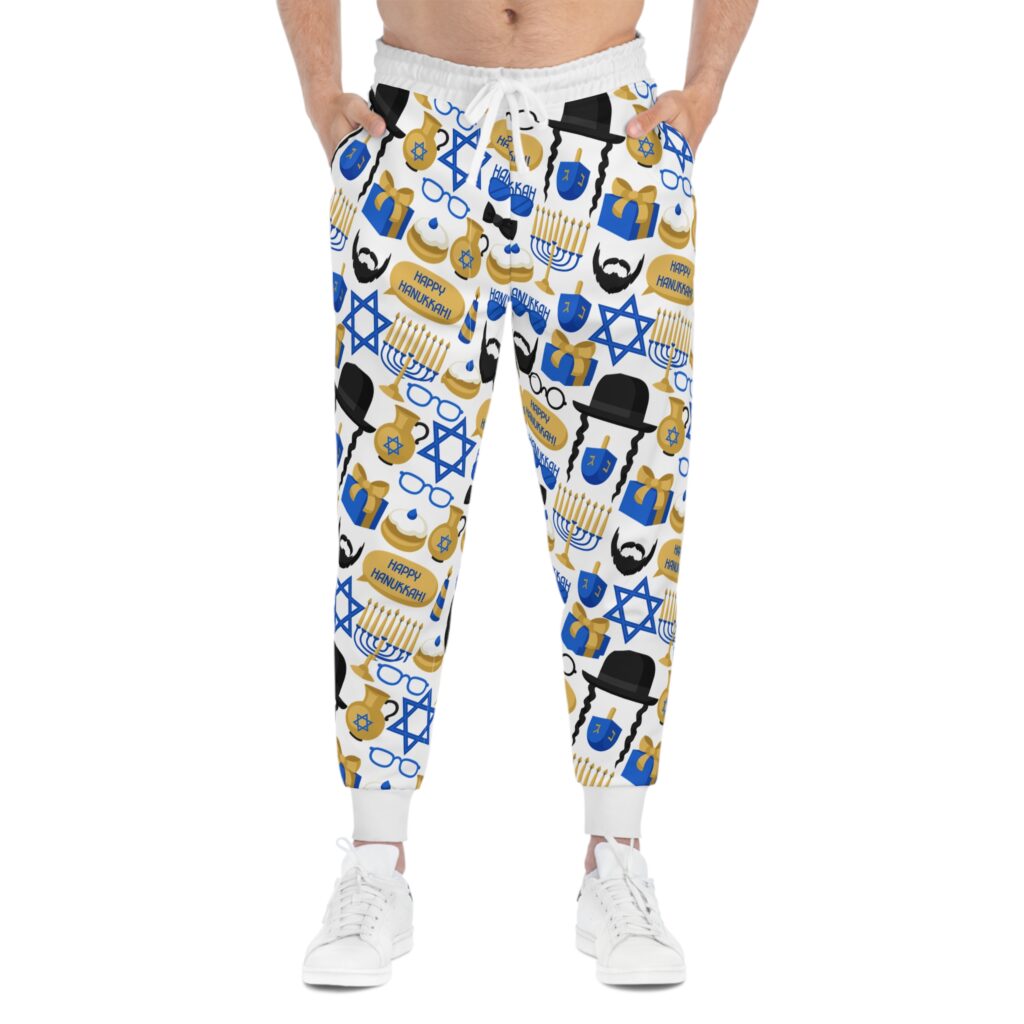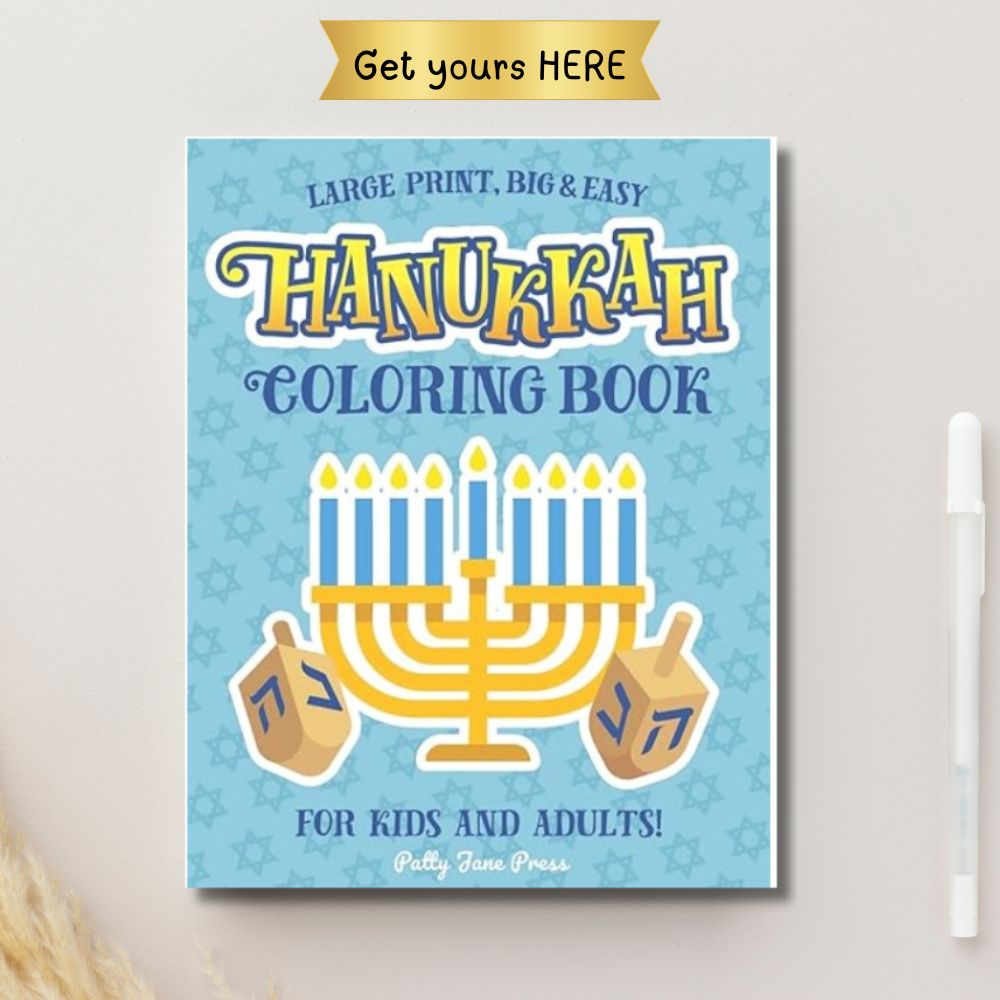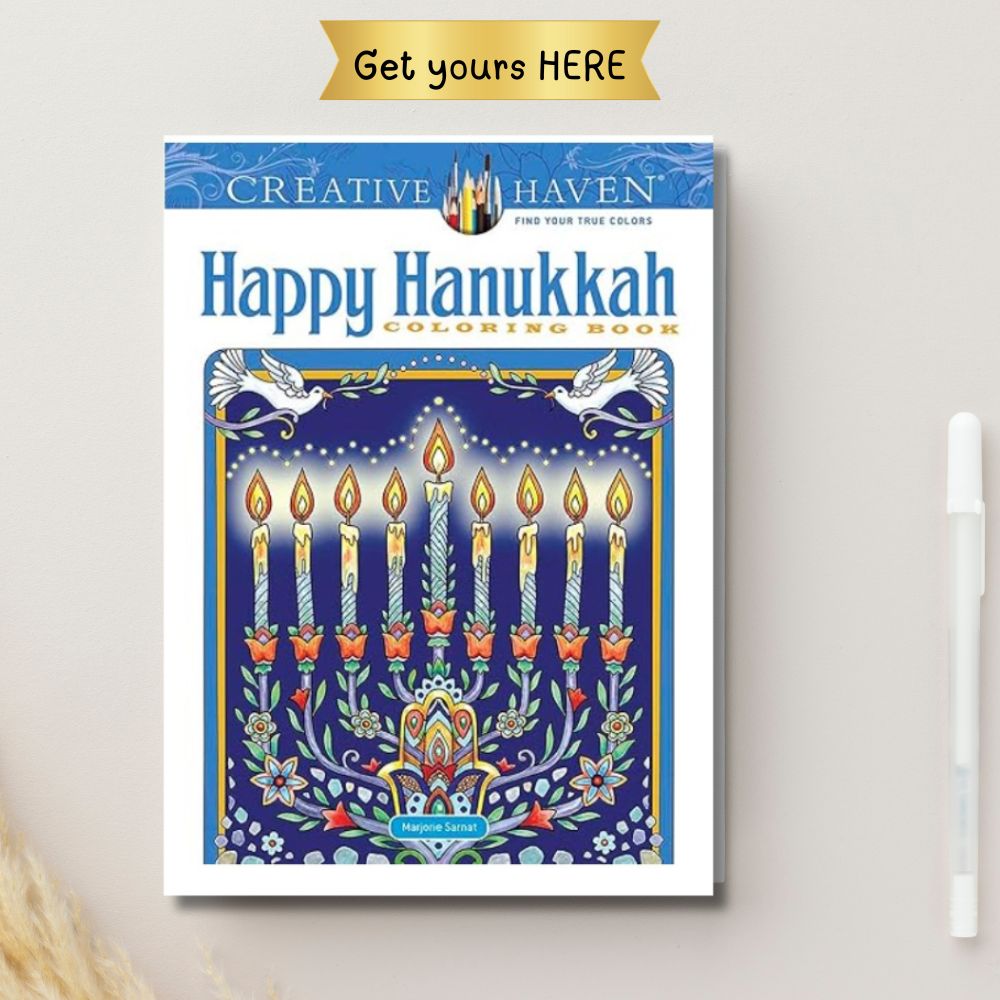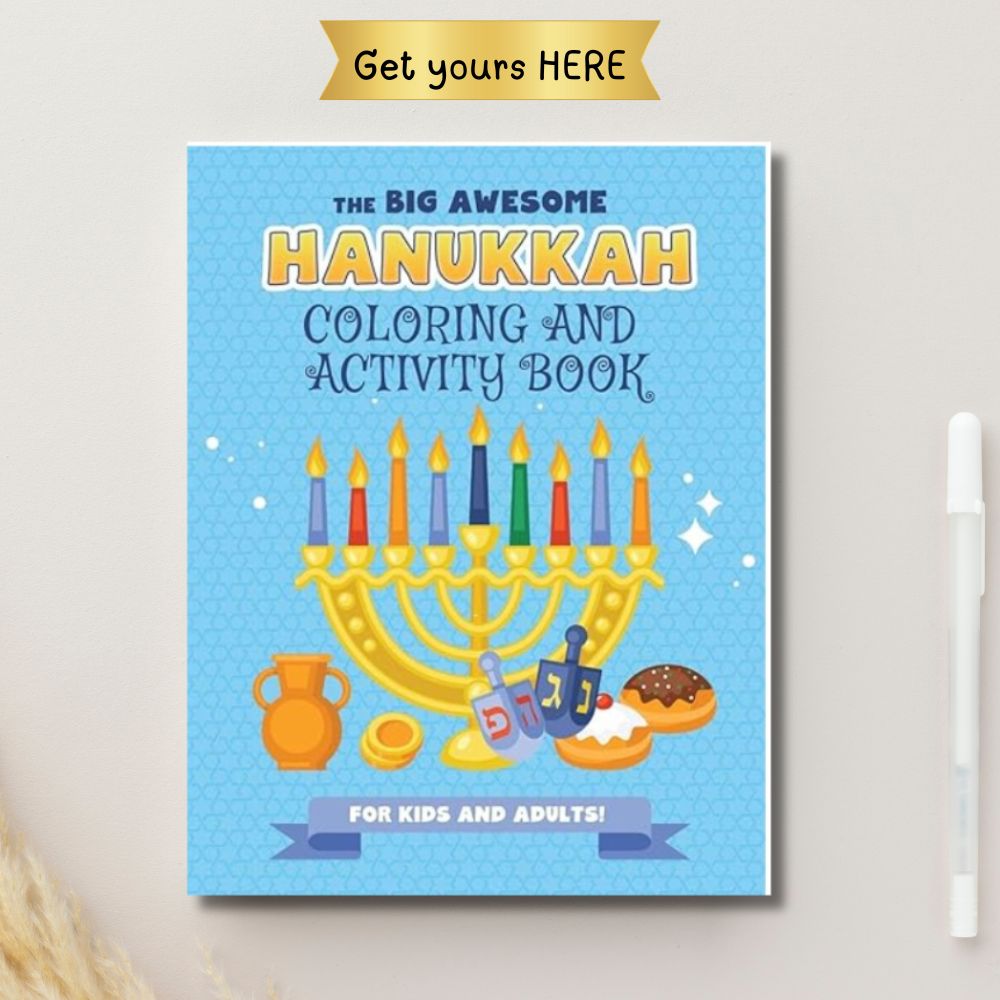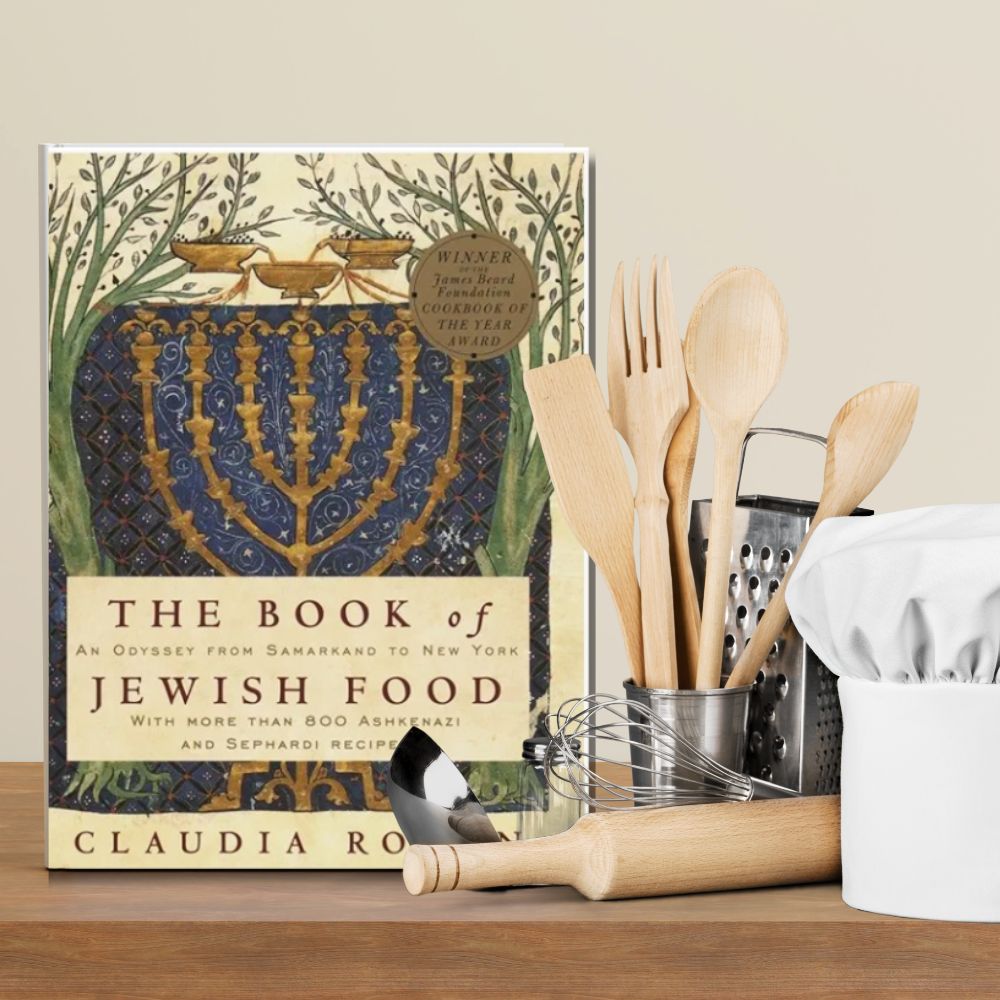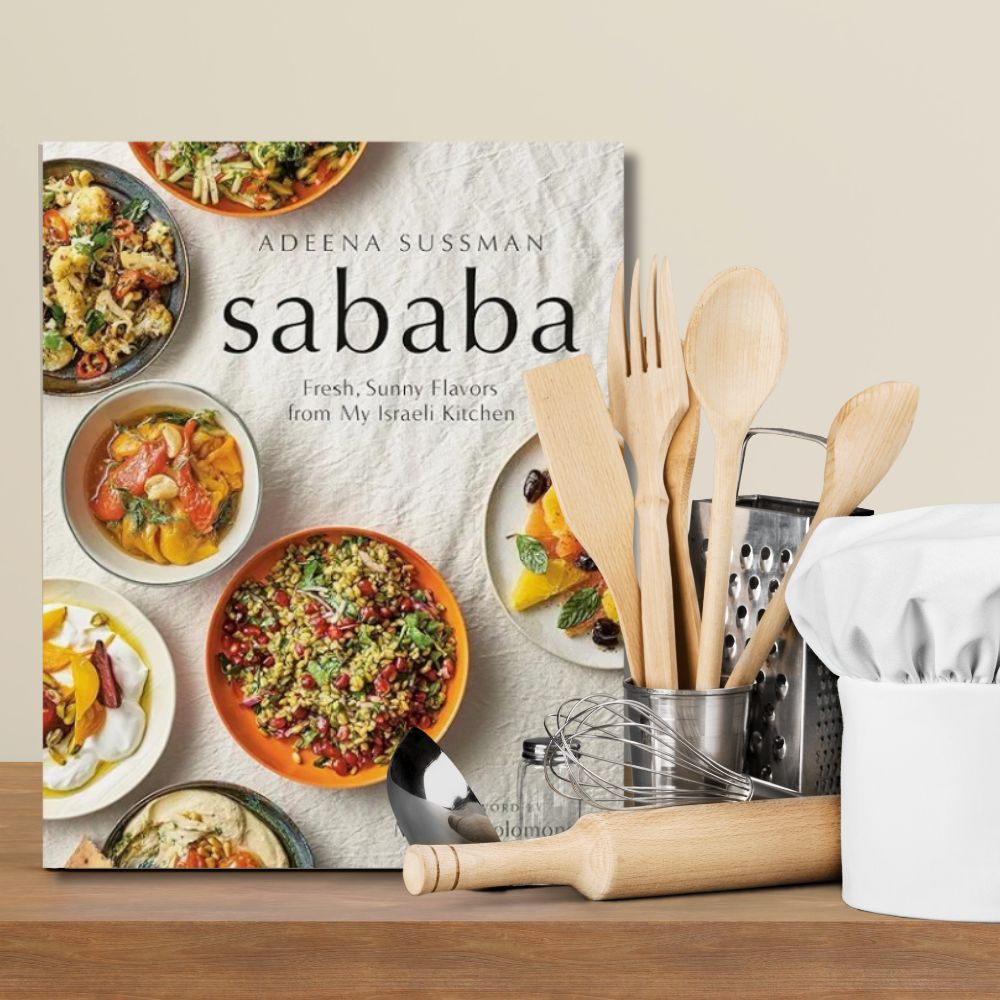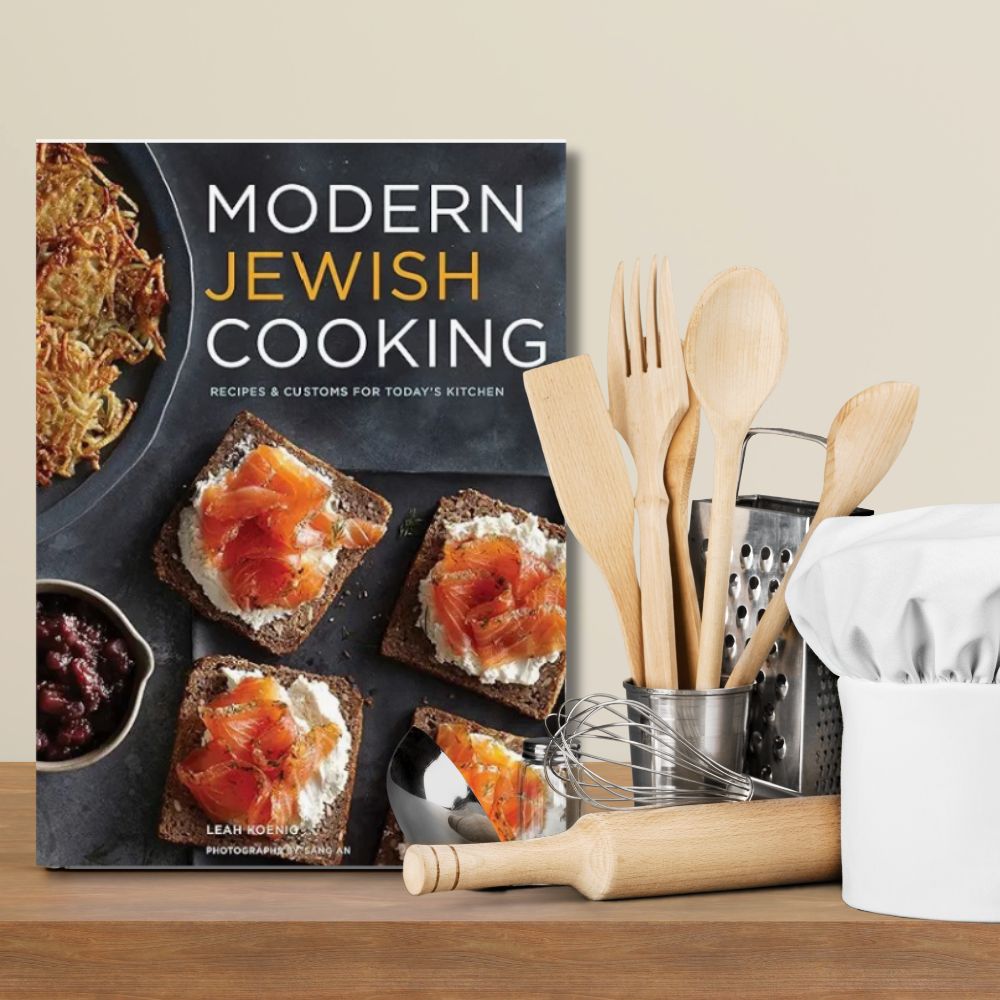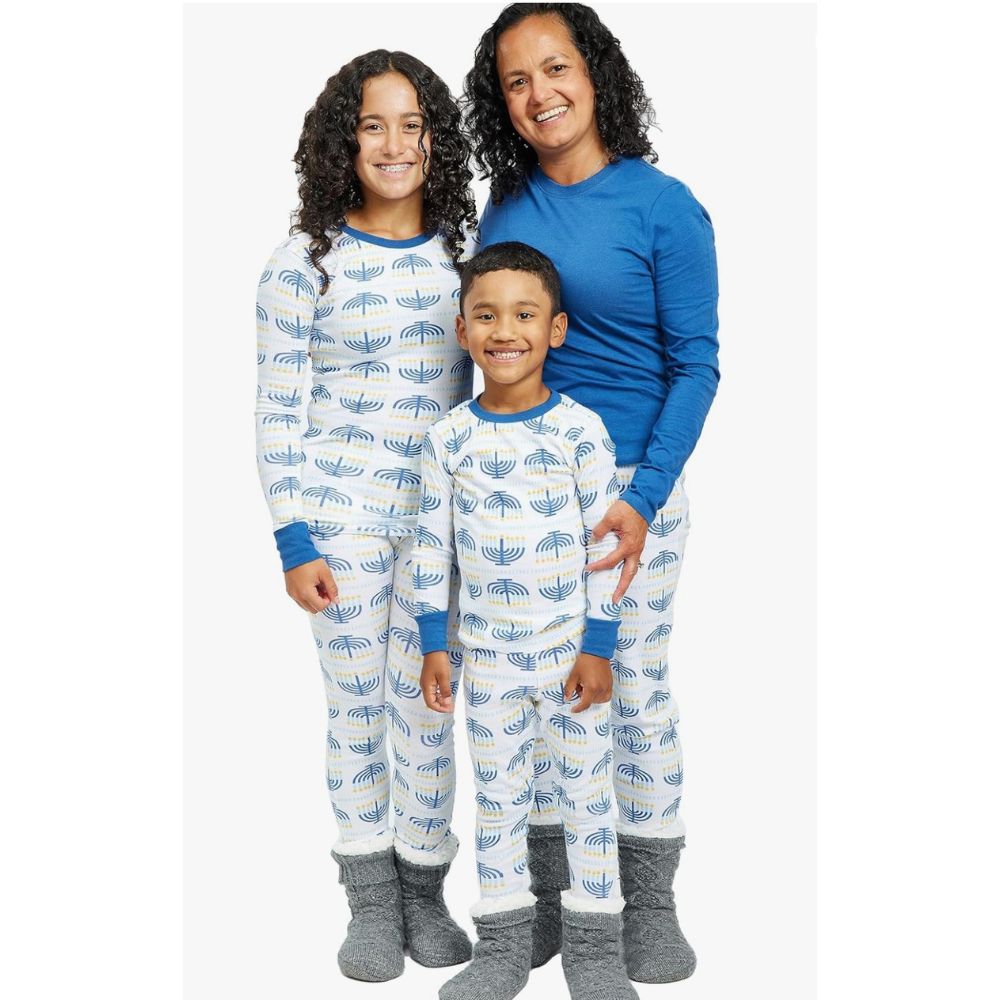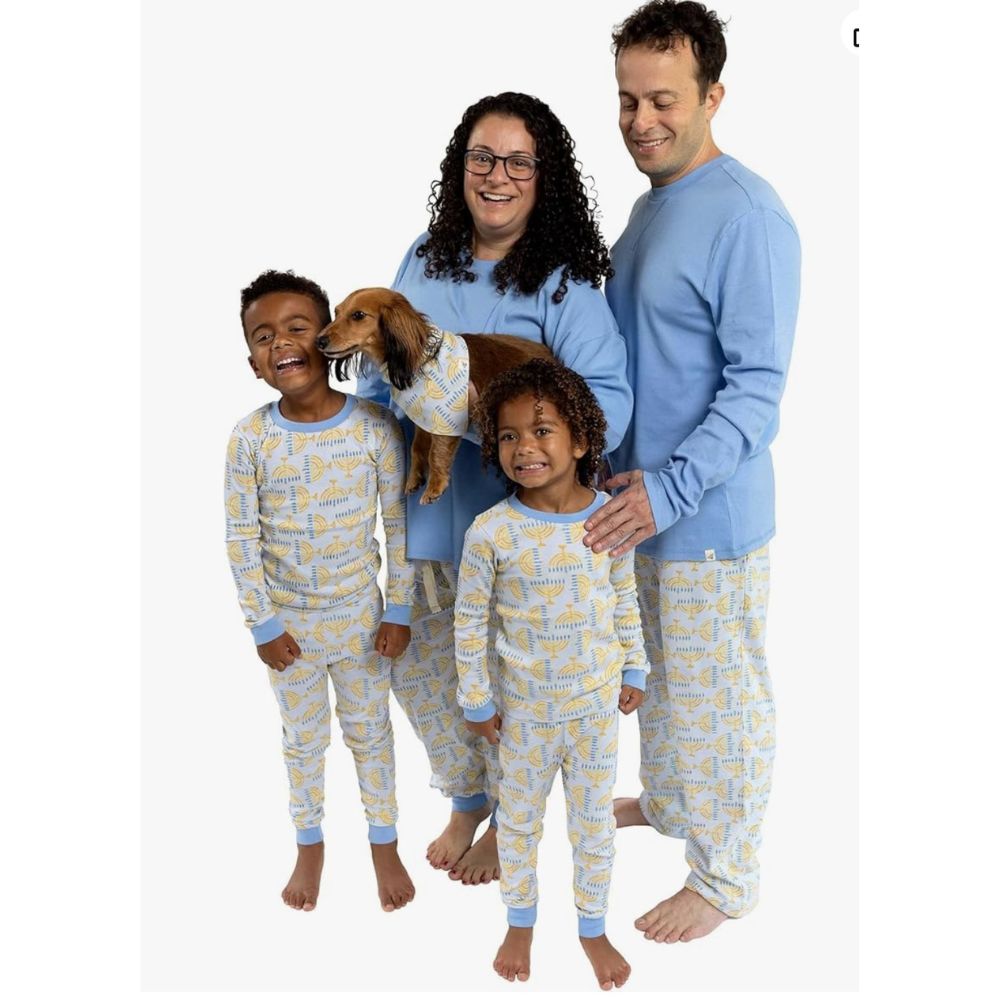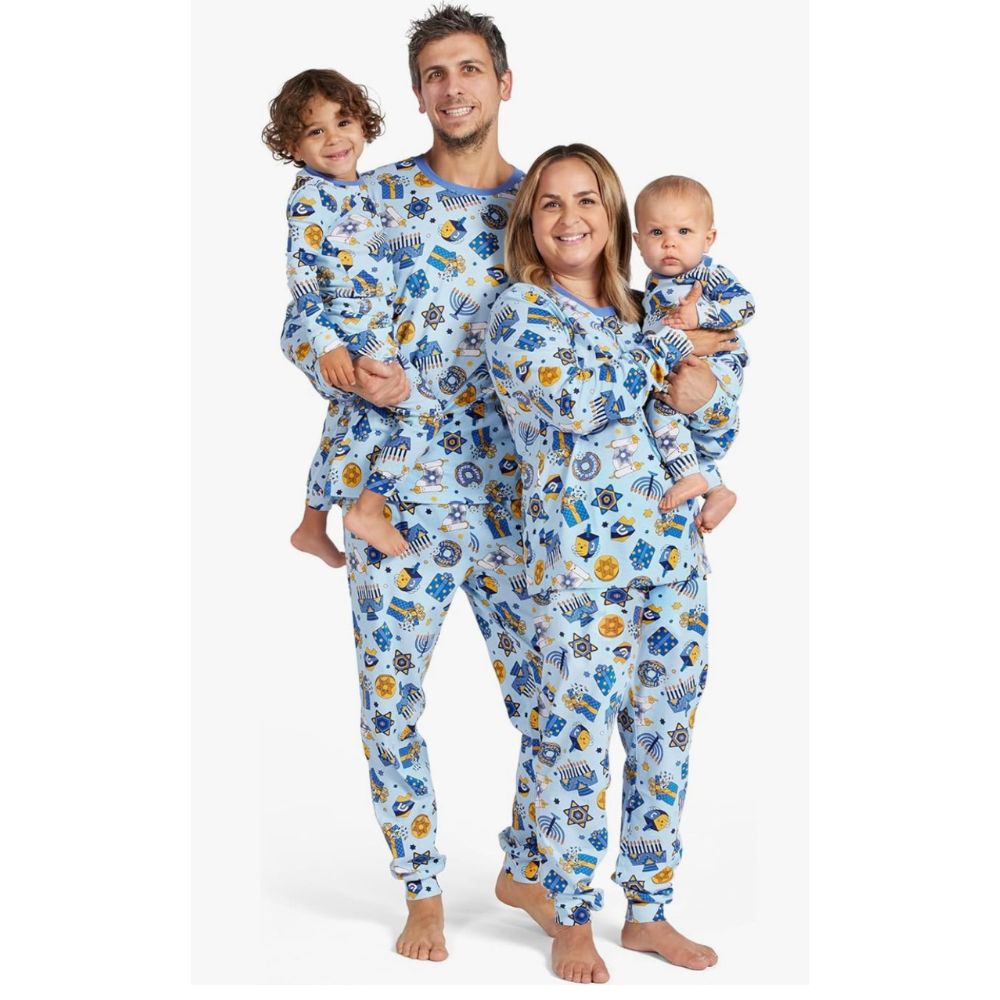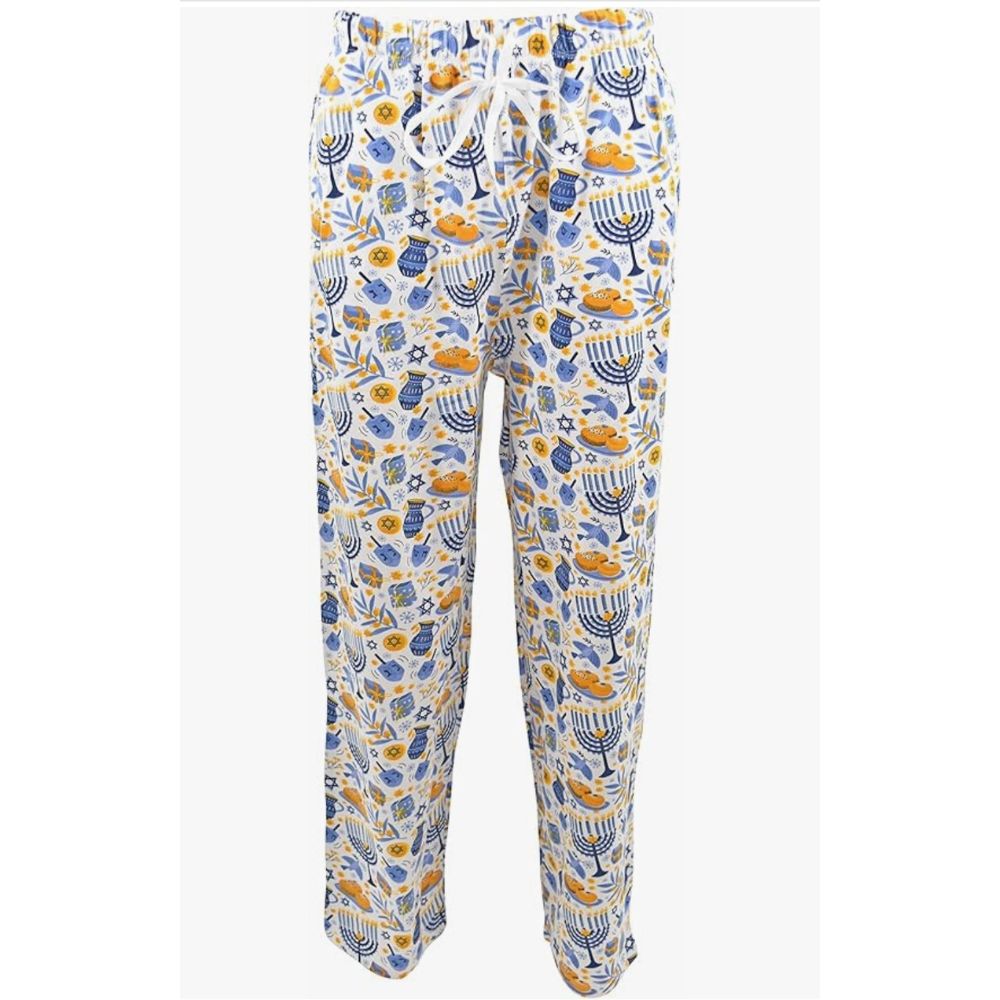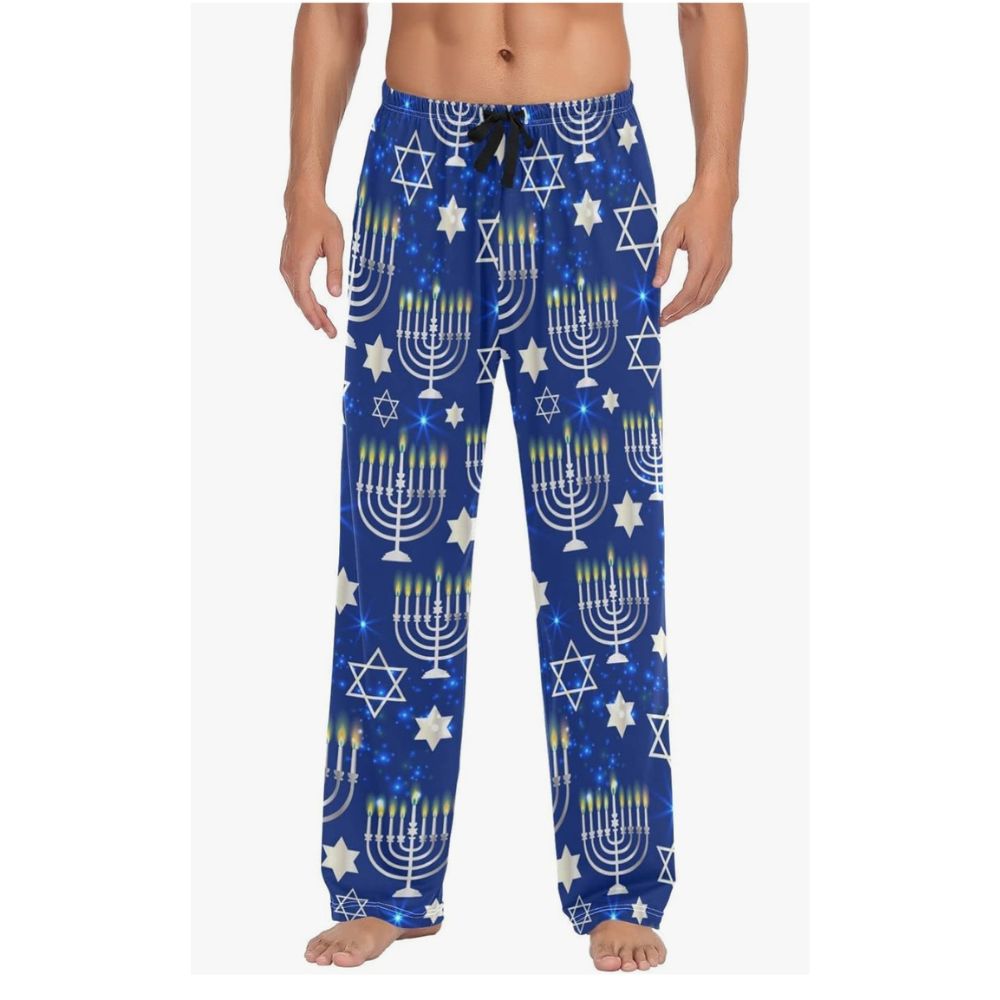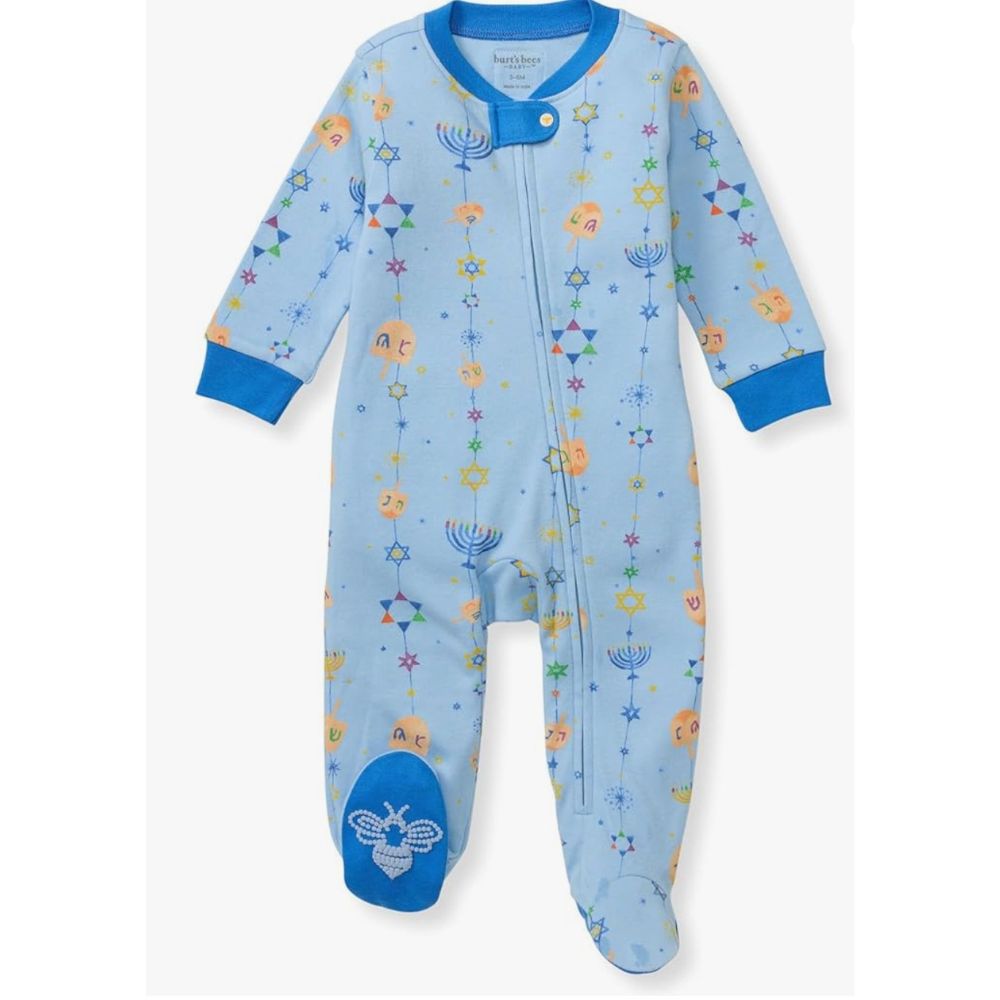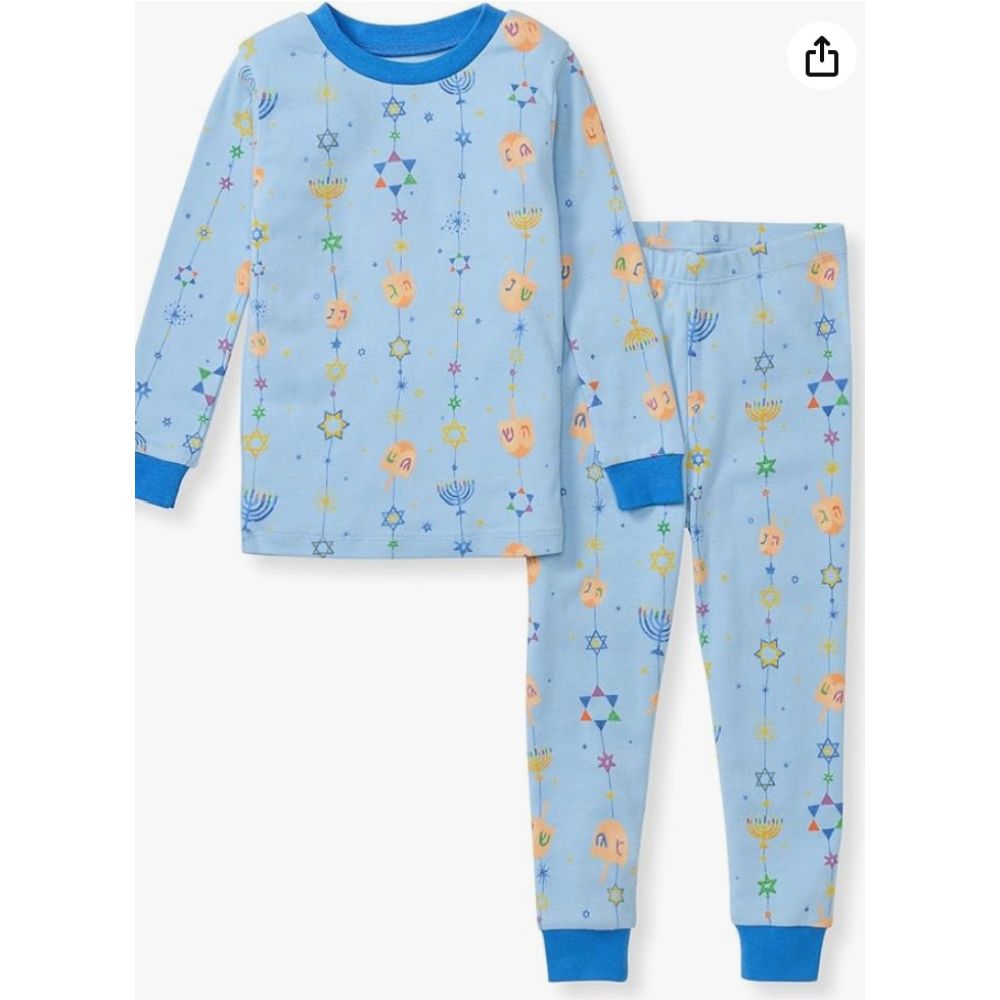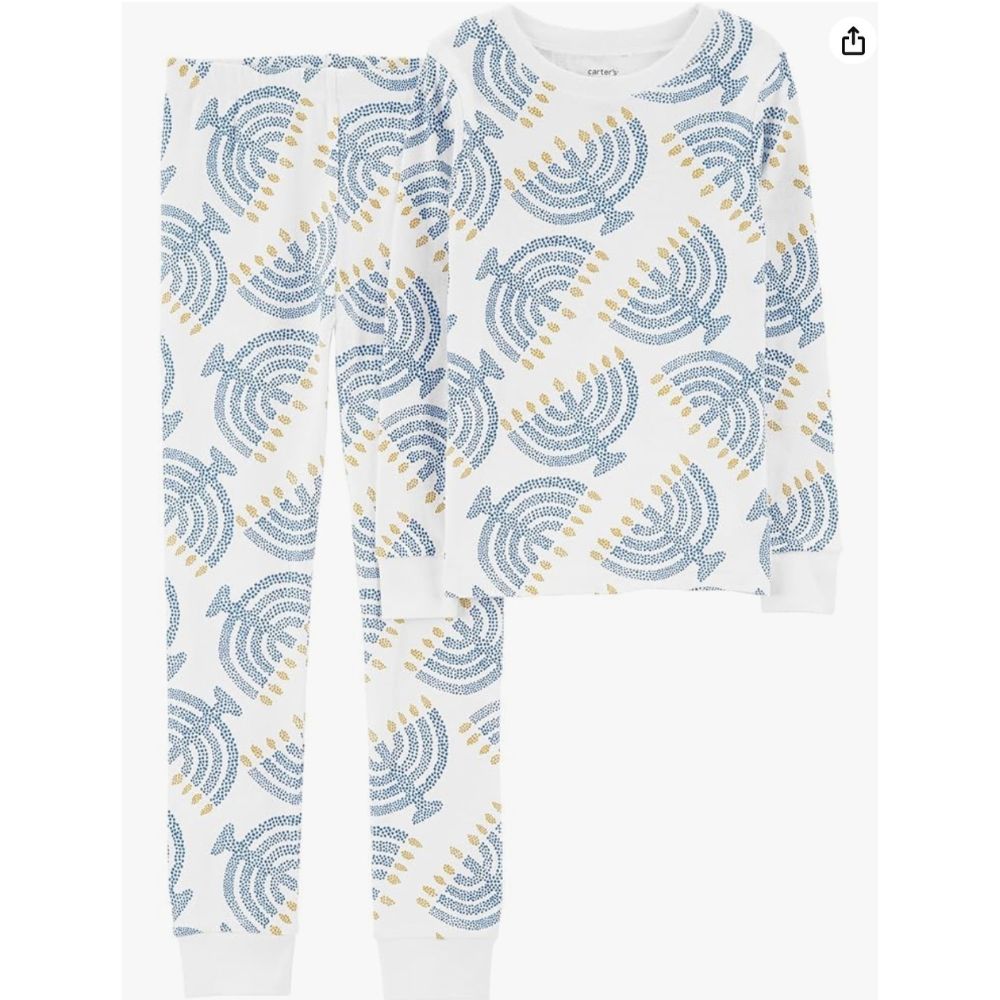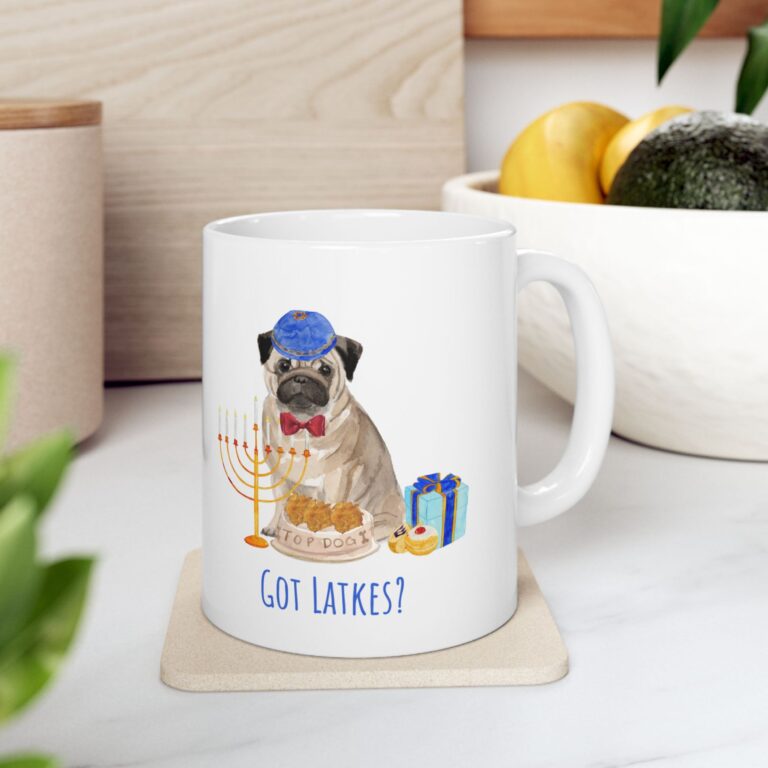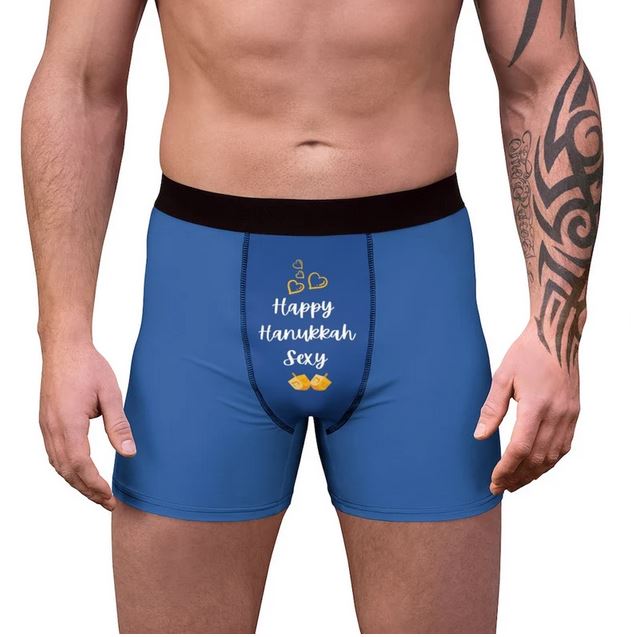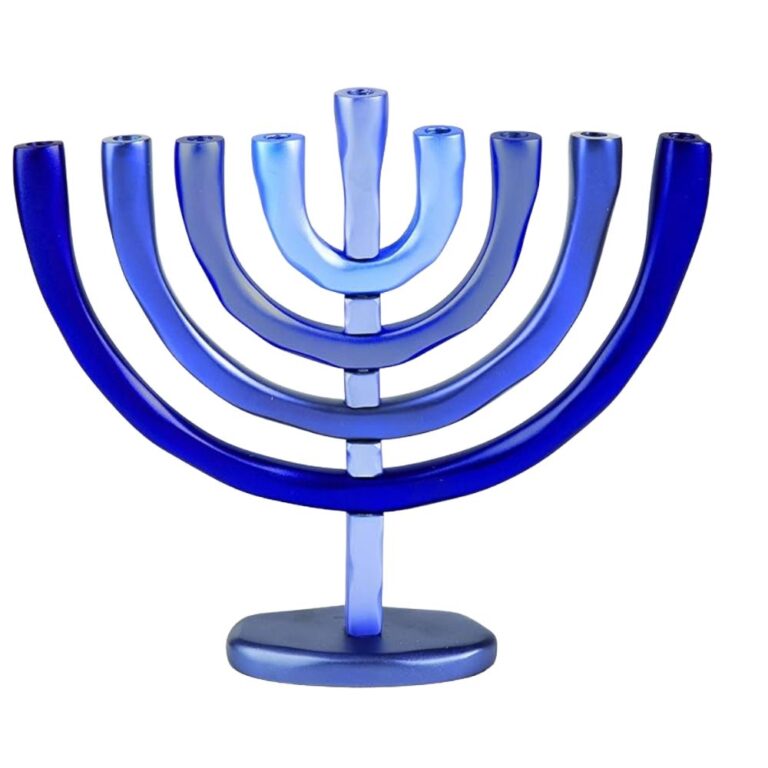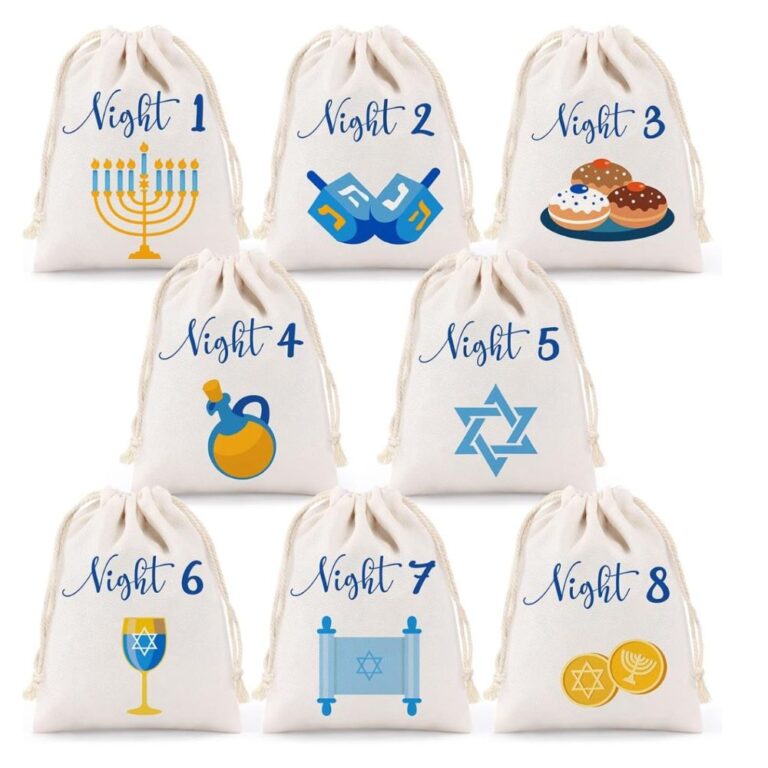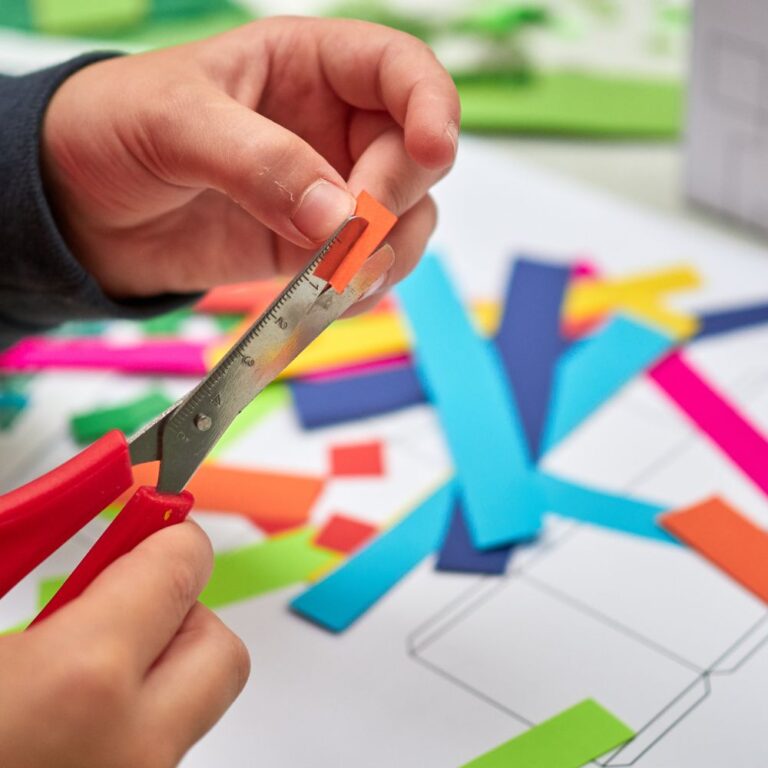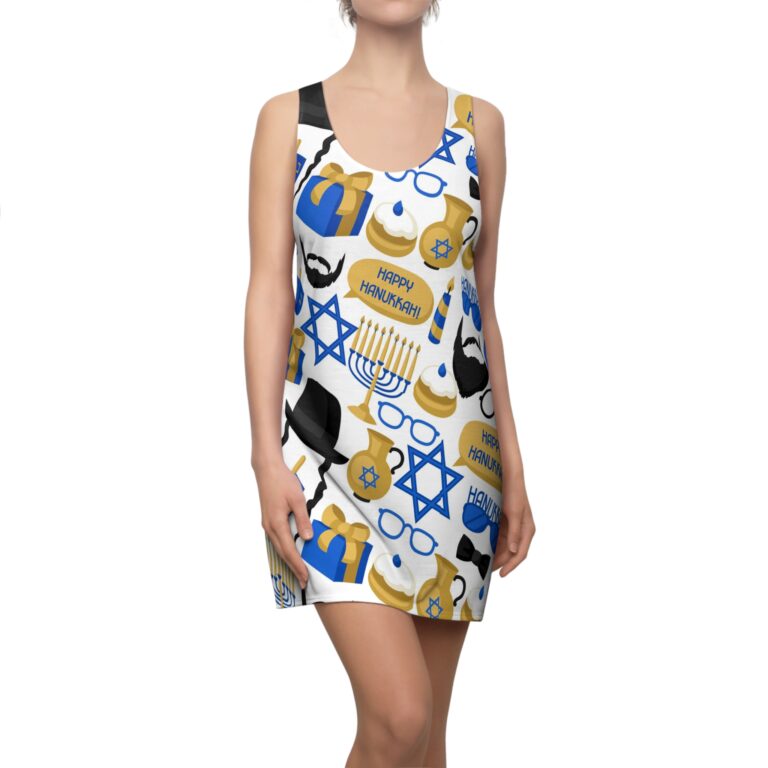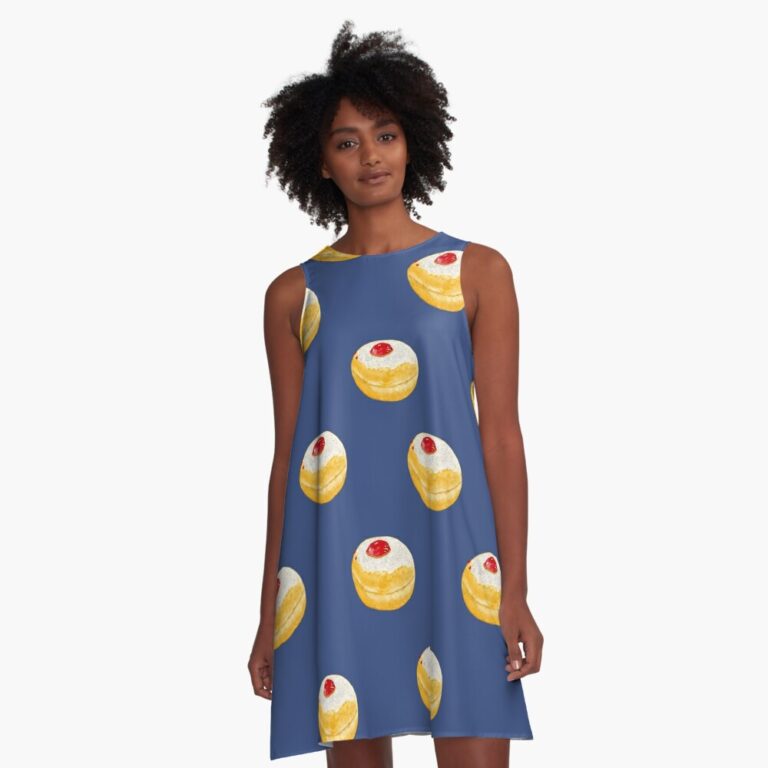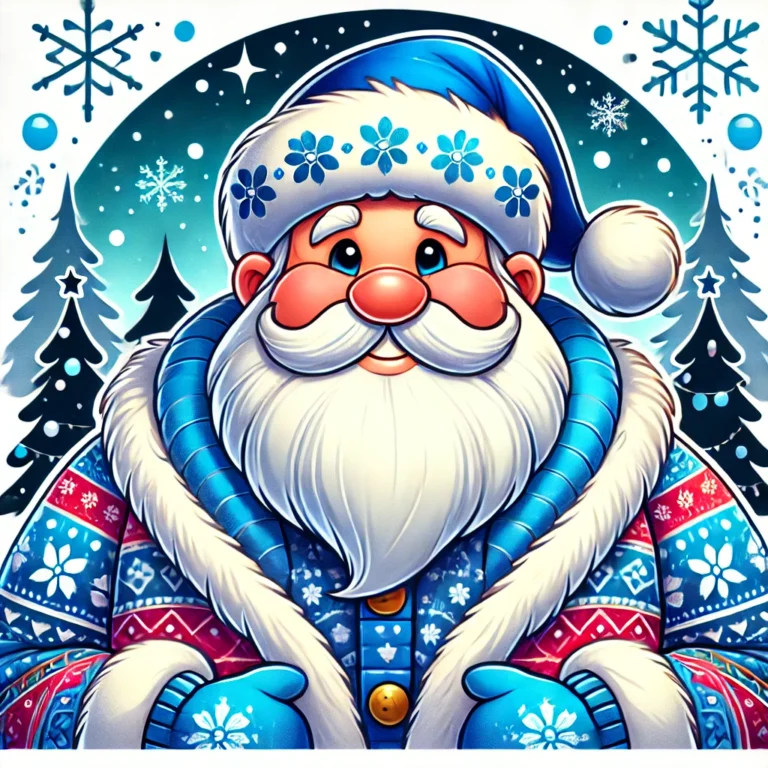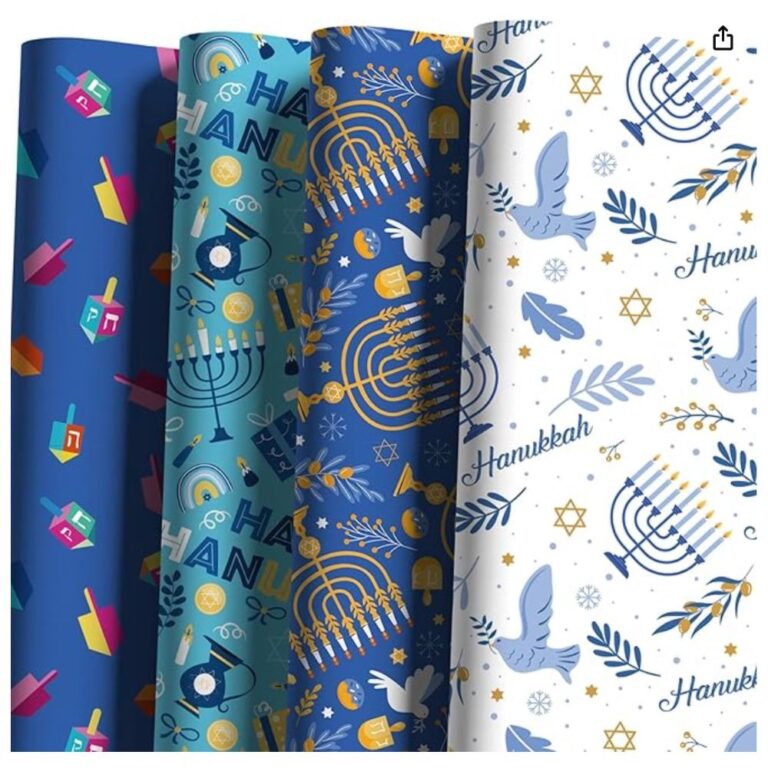Table of Contents
An Introduction to the Festival of Lights
Hanukkah, also known as the Festival of Lights, is an eight-day Jewish holiday that celebrates the rededication of the Second Temple in Jerusalem. Known for its message of resilience and faith, Hanukkah commemorates the miracle of the small amount of oil that lasted eight days in the temple’s menorah (candelabra) during a time of religious persecution. Today, Jewish families around the world observe Hanukkah through unique and cherished traditions that honor this miraculous event.
The Story Behind Hanukkah: A Brief History
The origins of Hanukkah date back to the 2nd century BCE when the Jewish people in Israel were under the oppressive rule of the Seleucid Empire. The emperor, Antiochus IV, sought to force the Jews to abandon their religion and adopt Greek customs. However, a small group of Jewish warriors, the Maccabees, led a successful revolt to reclaim their temple and restore Jewish worship. During the rededication, they found only enough oil to light the menorah for one night, but miraculously, it lasted eight nights. This miracle is the foundation of Hanukkah, and today, the festival honors the resilience and faith of the Jewish people.
Lighting the Hanukkiah (Menorah): The Centerpiece of Hanukkah Traditions
One of the most significant Hanukkah traditions is lighting the Hanukkiah, an eight-branched menorah with a ninth candle called the shamash, used to light the others. Each night, a new candle is lit to remember the miracle of the oil, adding an extra glow with each passing day. Families gather to recite blessings, sing songs, and watch the candles burn, bringing warmth and light into their homes.
Hanukkah Candles
The Meaning of the Hanukkah Blessings
During the lighting of the Hanukkiah, blessings, or brachot, are recited to honor the miracle of Hanukkah. These blessings remind us of the divine role in Jewish survival and resilience. The first two blessings are recited each night, while a third blessing, called the Shehecheyanu, is recited only on the first night to thank God for allowing us to reach this joyous time.
The Kosher Hub offers a free printable Hanukkah candle blessing to use over the 8 nights of Hanukkah. This card in English, Hebrew and transliteration helps you teach your children the important blessing for lighting the menorah, creating meaningful moments each night of the Festival of Lights. Make this Hanukkah special by sharing the tradition with your family and deepening their connection to this cherished holiday.
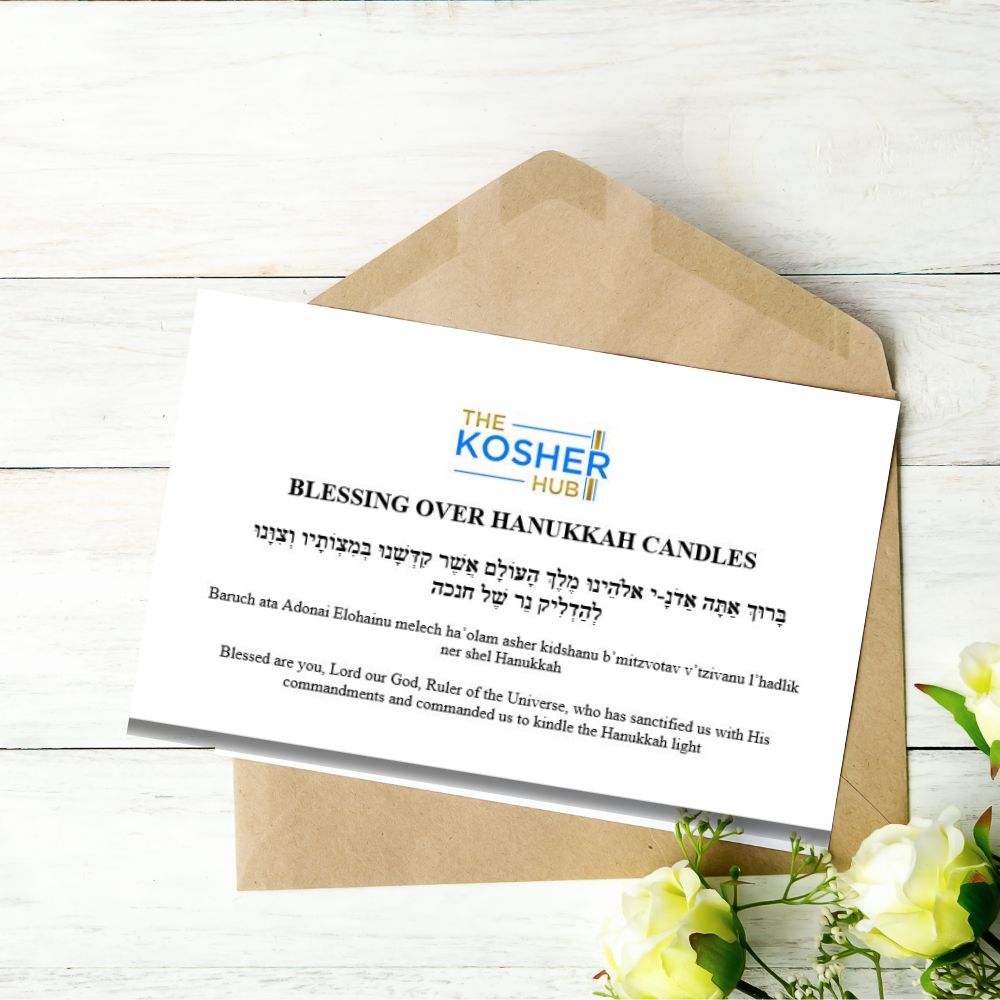
The Dreidel Game: Origins and How to Play
Playing with a dreidel, a four-sided spinning top, is a beloved Hanukkah tradition with origins dating back to times of persecution. Each side of the dreidel features a Hebrew letter (Nun, Gimel, Hei, Shin) that forms an acronym meaning “A great miracle happened there.” Players take turns spinning the dreidel, betting with chocolate coins, nuts, or small treats. The letter it lands on determines whether the player wins or loses their bet, making it a fun and educational game that children and adults enjoy together.
Most Popular Hanukkah Gifts

Hanukkah Wrapping Paper
“As an Amazon Associate I earn from qualifying purchases.”
Hanukkah Foods and Their Significance
Food plays a major role in Hanukkah celebrations, with many dishes being cooked in oil to honor the miracle of the oil. The traditional foods of Hanukkah are delicious reminders of the holiday’s story and a celebration of Jewish culture.
Latkes (Potato Pancakes) – A Tasty Tradition
Latkes, or potato pancakes, are one of the most popular foods on Hanukkah. Fried in oil and often topped with sour cream or applesauce, latkes serve as a reminder of the miracle oil. Although they are most commonly made with potatoes, some families experiment with variations, such as sweet potato or zucchini latkes, adding a modern twist to this timeless tradition.
Sufganiyot are jelly-filled doughnuts traditionally fried in oil and enjoyed during Hanukkah. Filled with strawberry or raspberry jelly and dusted with powdered sugar, these treats represent the miracle of the oil in a sweet and festive form. In Israel, sufganiyot are widely enjoyed during Hanukkah, and modern versions often come with gourmet fillings and toppings.
Dairy Dishes – Honoring the Story of Judith
Some Hanukkah meals include dairy dishes to honor Judith, a Jewish heroine who used cheese to seduce and then slay an enemy general, ultimately saving her village. To remember her bravery, dairy dishes like cheese blintzes, kugel, or cheesecakes are enjoyed alongside the fried foods, adding variety to the Hanukkah table.
Hanukkah Gelt: Chocolate Coins and Real Money Gifts
Gelt, or coins, are traditionally given to children during Hanukkah. Originally, gelt was real money used to reward children for studying the Torah. Today, it has evolved into chocolate coins wrapped in gold foil, symbolizing the importance of charity and education in Jewish tradition. Some families also give small amounts of money as a gift, adding a modern twist to this age-old custom.
Gift-Giving on Hanukkah: Modern Interpretations of a Traditional Holiday
Though gift-giving isn’t historically a part of Hanukkah, it has become a common practice, especially in Western cultures. Hanukkah gifts are often small and meaningful rather than lavish, focusing on family connection and thoughtfulness. This modern tradition has brought joy to many children and helped make Hanukkah a more family-centered holiday, adding warmth and excitement to each night.
Singing Hanukkah Songs: Celebrating Through Music
Music is a joyful part of Hanukkah, with traditional songs like “Maoz Tzur” and “Hanukkah, Oh Hanukkah” sung after lighting the menorah. These songs celebrate the victory of the Maccabees, the miracle of the oil, and the joy of Jewish identity. Families and communities come together to sing these songs, adding an uplifting and communal spirit to the holiday.
Hanukkah Decorations: Colors, Symbols, and Festive Decor
Hanukkah decorations often feature blue and white colors, symbolizing peace, spirituality, and the Israeli flag. Stars of David, menorahs, and dreidels are popular symbols, along with fairy lights and banners that bring a festive atmosphere. Many families enjoy decorating their homes with these symbols, creating a bright and cheerful ambiance that reflects the joy of Hanukkah.
Hanukkah Prayers and Blessings: A Daily Ritual
Beyond the blessings recited over the menorah, Hanukkah includes prayers of gratitude, thanksgiving, and praise. In particular, the Al HaNissim prayer is added to daily prayers and blessings, thanking God for delivering the Jewish people during times of hardship. This tradition emphasizes the holiday’s themes of faith and resilience, grounding the celebration in spiritual connection.
Community and Family Gatherings for Hanukkah
Hanukkah is a time for families and communities to come together, often celebrating through gatherings, shared meals, and games. Many Jewish communities host public menorah lightings, concerts, and cultural events, creating a sense of unity. Family gatherings are filled with food, laughter, and song, strengthening bonds and honoring tradition.
The Eight Days of Hanukkah: How Each Day is Celebrated
Each of the eight days of Hanukkah is marked by lighting one additional candle on the menorah. Some families observe each night with different traditions, such as storytelling, exchanging small gifts, or inviting friends and family to share the festivities. These eight nights allow for a gradual buildup of joy and light, making Hanukkah a time of anticipation and reflection.
How to Host a Hanukkah Party: Ideas and Tips
Hosting a Hanukkah party can be a wonderful way to share the holiday with family and friends. Some tips include setting up a menorah lighting ceremony, preparing traditional foods like latkes and sufganiyot, organizing a dreidel game, and including fun activities for kids. Decorate with Hanukkah colors and symbols to create a festive atmosphere, and consider inviting guests to share stories or songs to make the gathering even more meaningful.
Celebrating Hanukkah Around the World: Different Customs and Traditions
Hanukkah is celebrated in diverse ways worldwide, with each community adding its unique traditions. In Israel, it is common to see large public menorahs, and families focus on the traditional foods and prayers. In North America, there is often more emphasis on gift-giving and festive decorations. No matter the location, the core message of Hanukkah remains the same: celebrating freedom, faith, and identity.

Hanukkah Pajamas for Families
Hanukkah Pajama Pants
Hanukkah Pajama Sets
“As an Amazon Associate I earn from qualifying purchases.”
Modern Hanukkah Trends: New Traditions for a Contemporary Celebration
As times change, new traditions have become part of Hanukkah celebrations. Some families create “mitzvah calendars” for each night, focusing on acts of kindness, while others incorporate eco-friendly decorations or host virtual gatherings. These modern trends offer fresh ways to celebrate the holiday while staying connected to its values.
Final Thoughts: The Importance of Hanukkah Traditions Today
As times change, new traditions have become part of Hanukkah celebrations. Some families create “mitzvah calendars” for each night, focusing on acts of kindness, while others incorporate eco-friendly decorations or host virtual gatherings. These modern trends offer fresh ways to celebrate the holiday while staying connected to its values.

